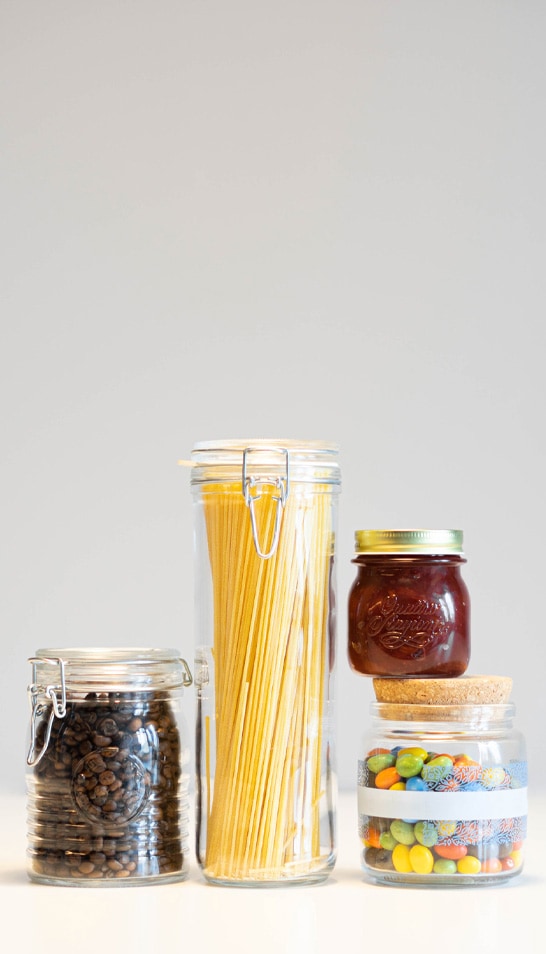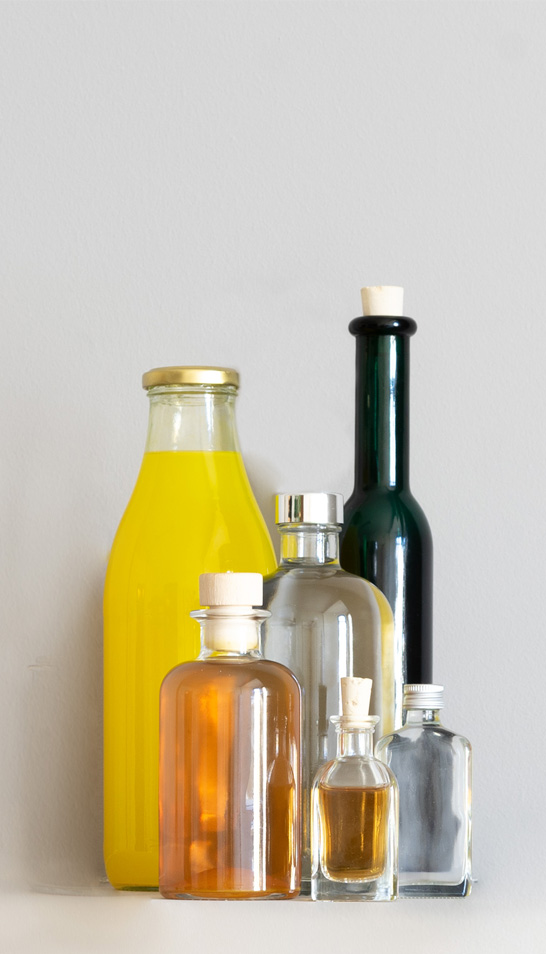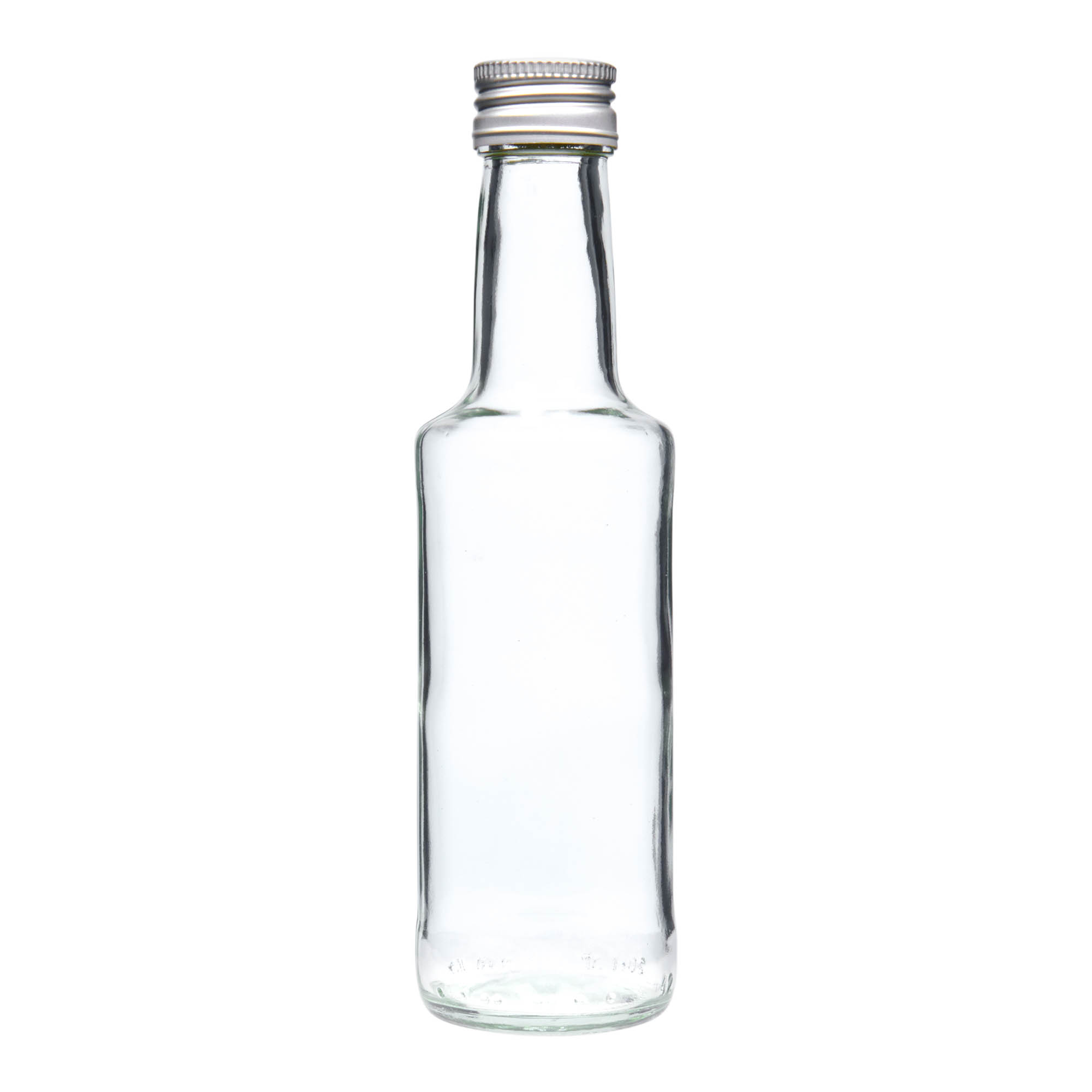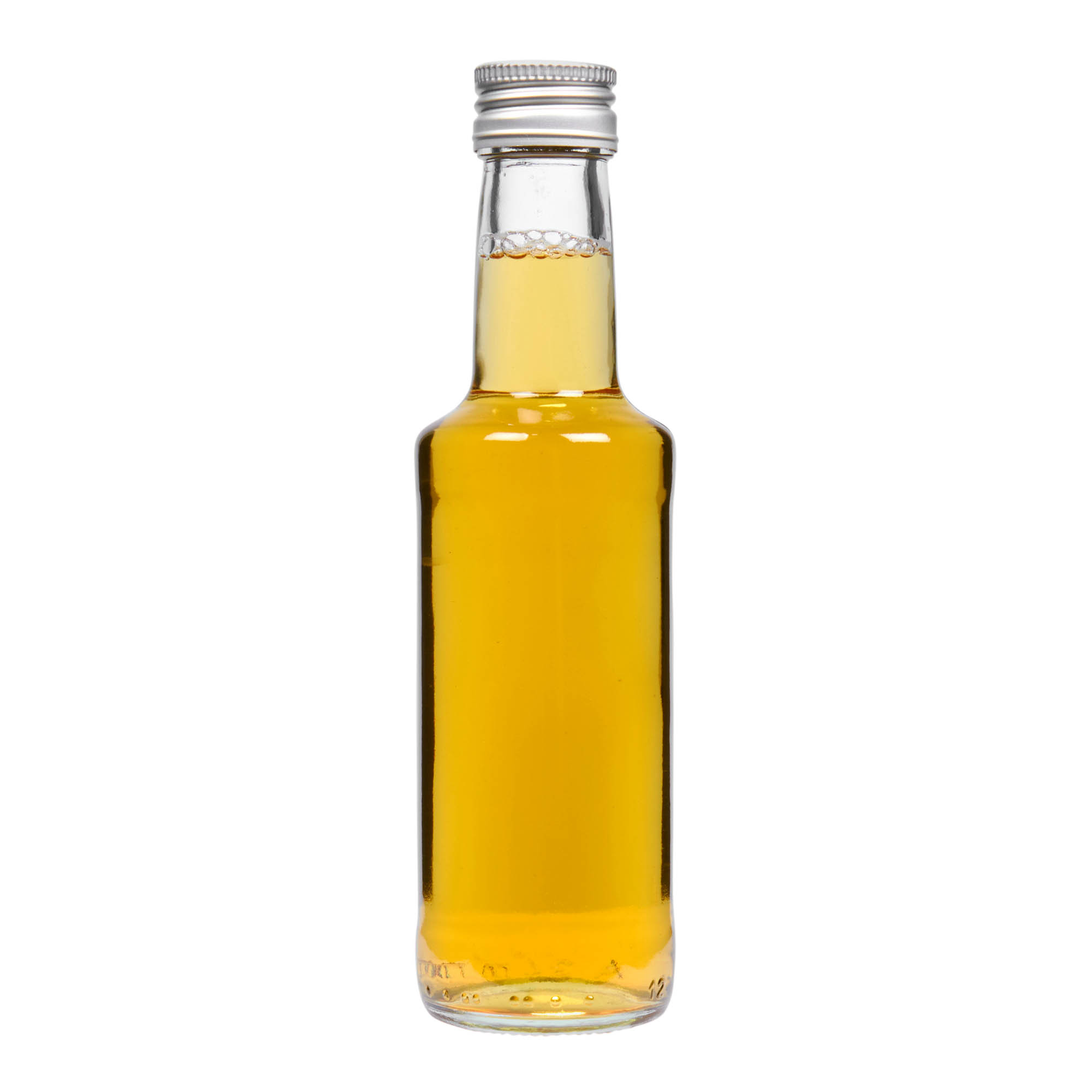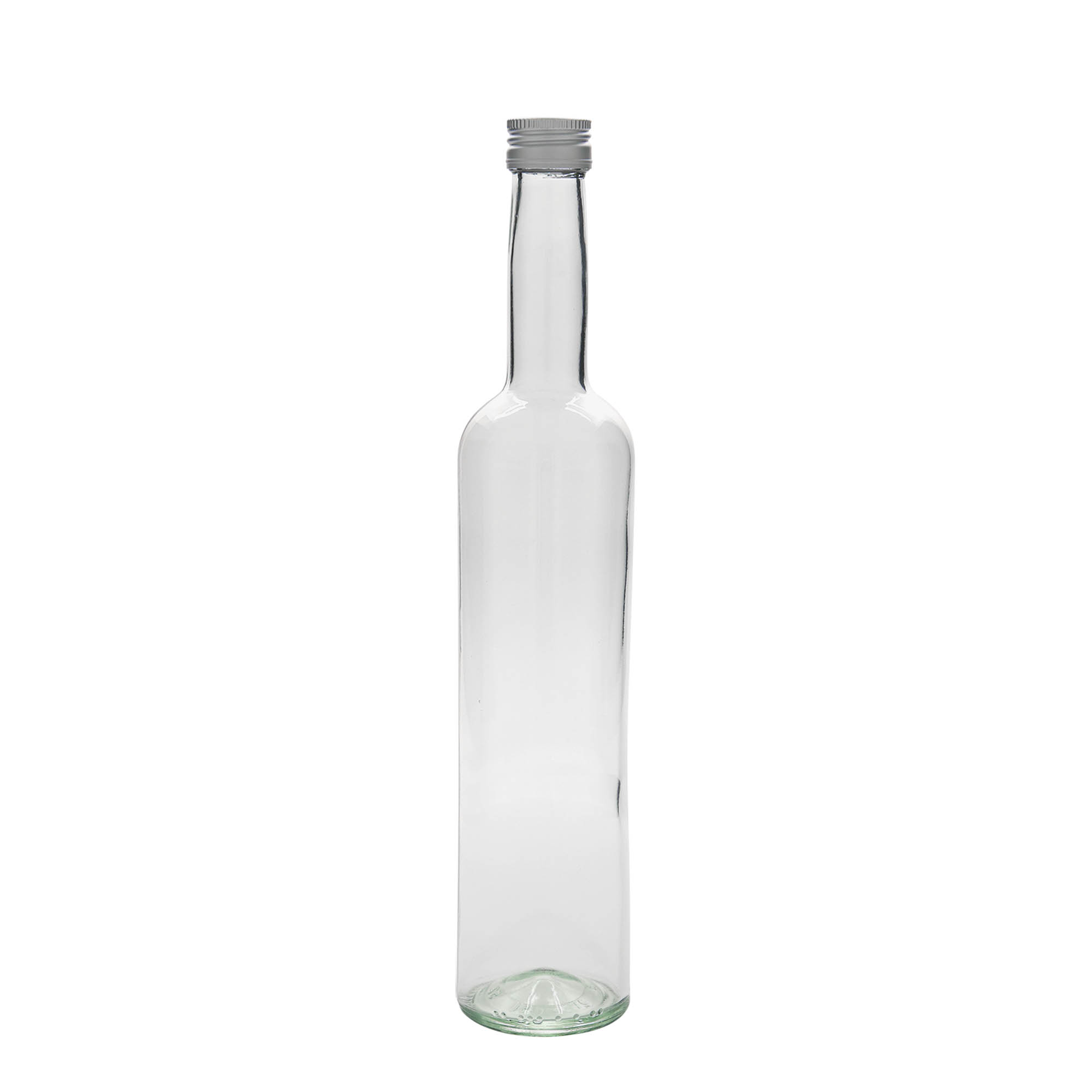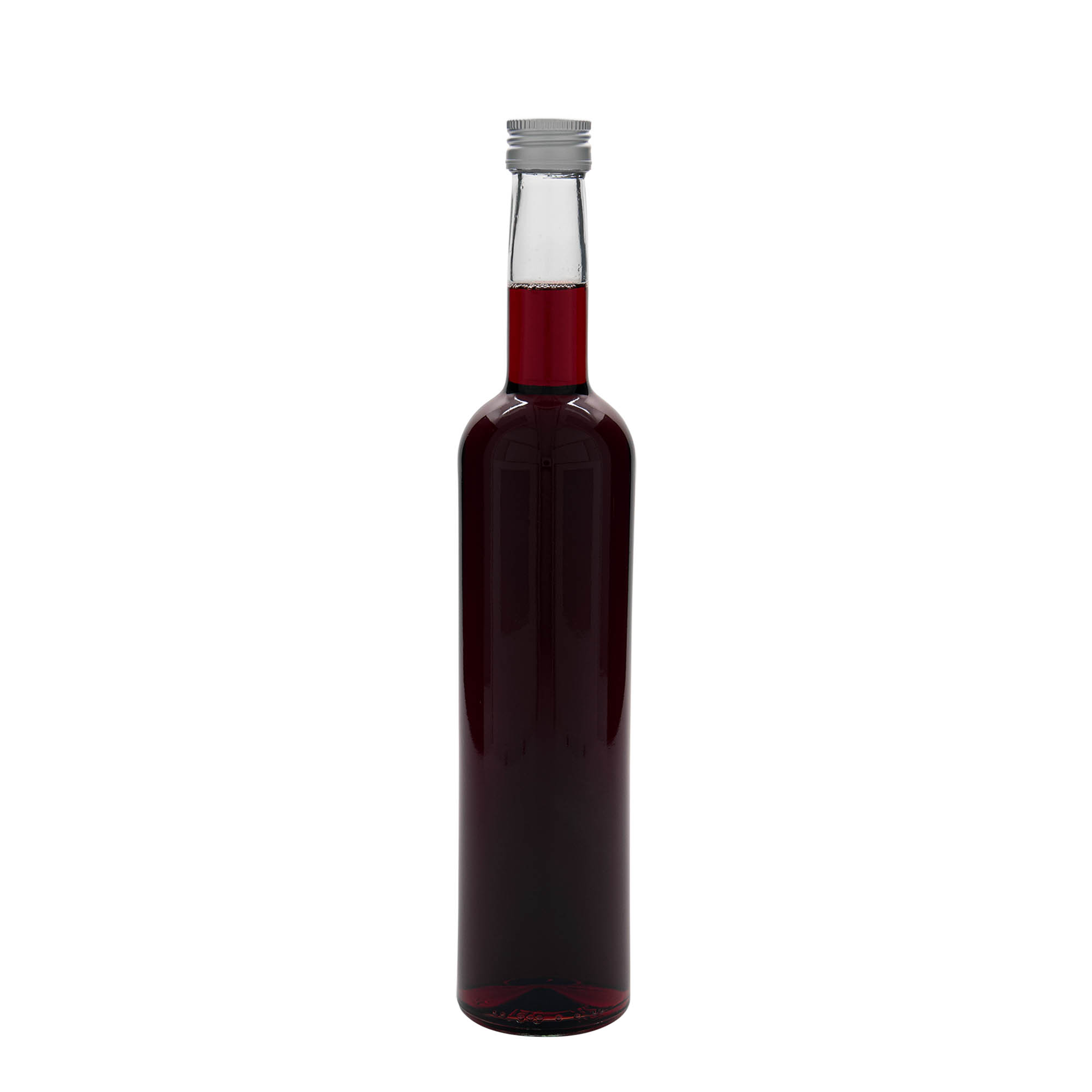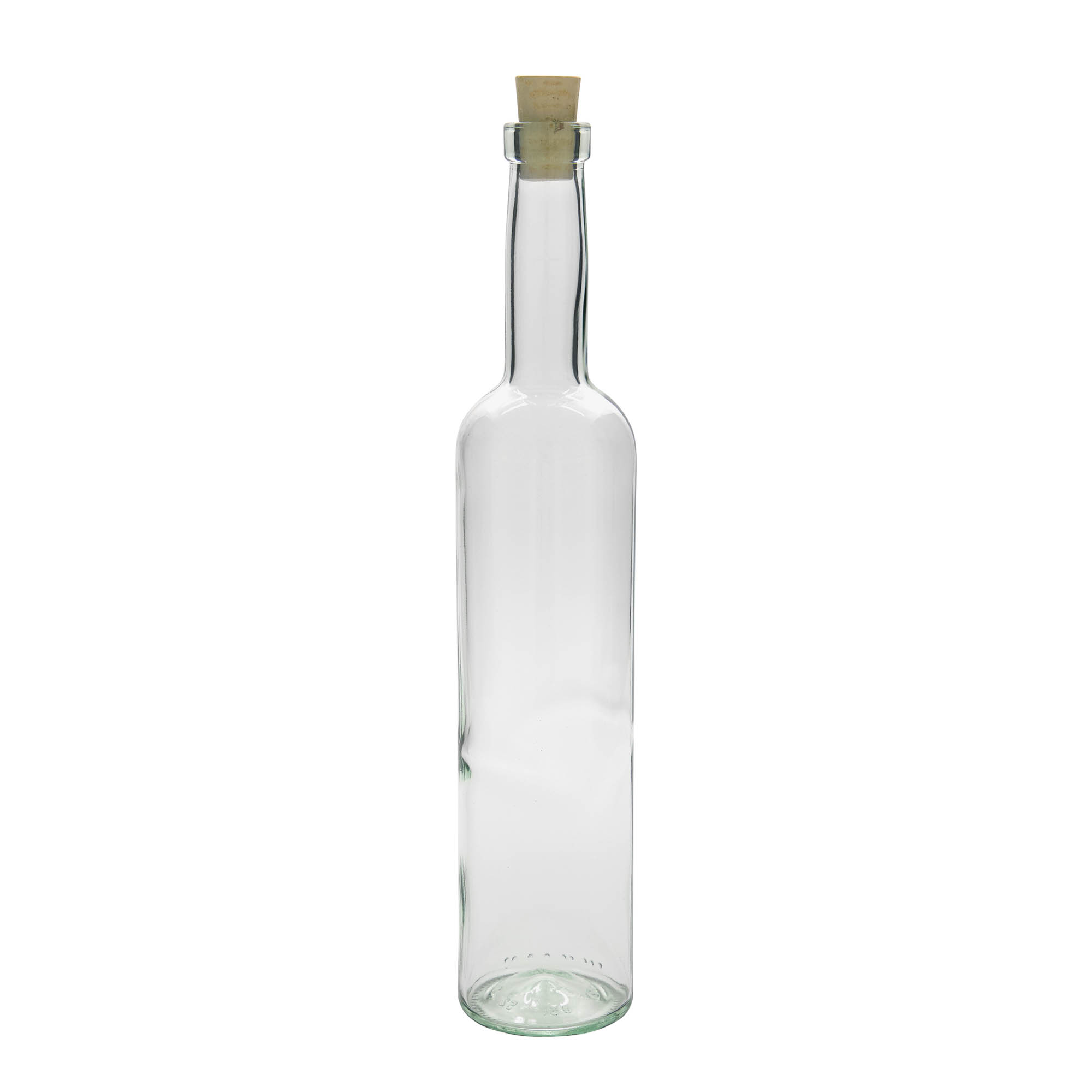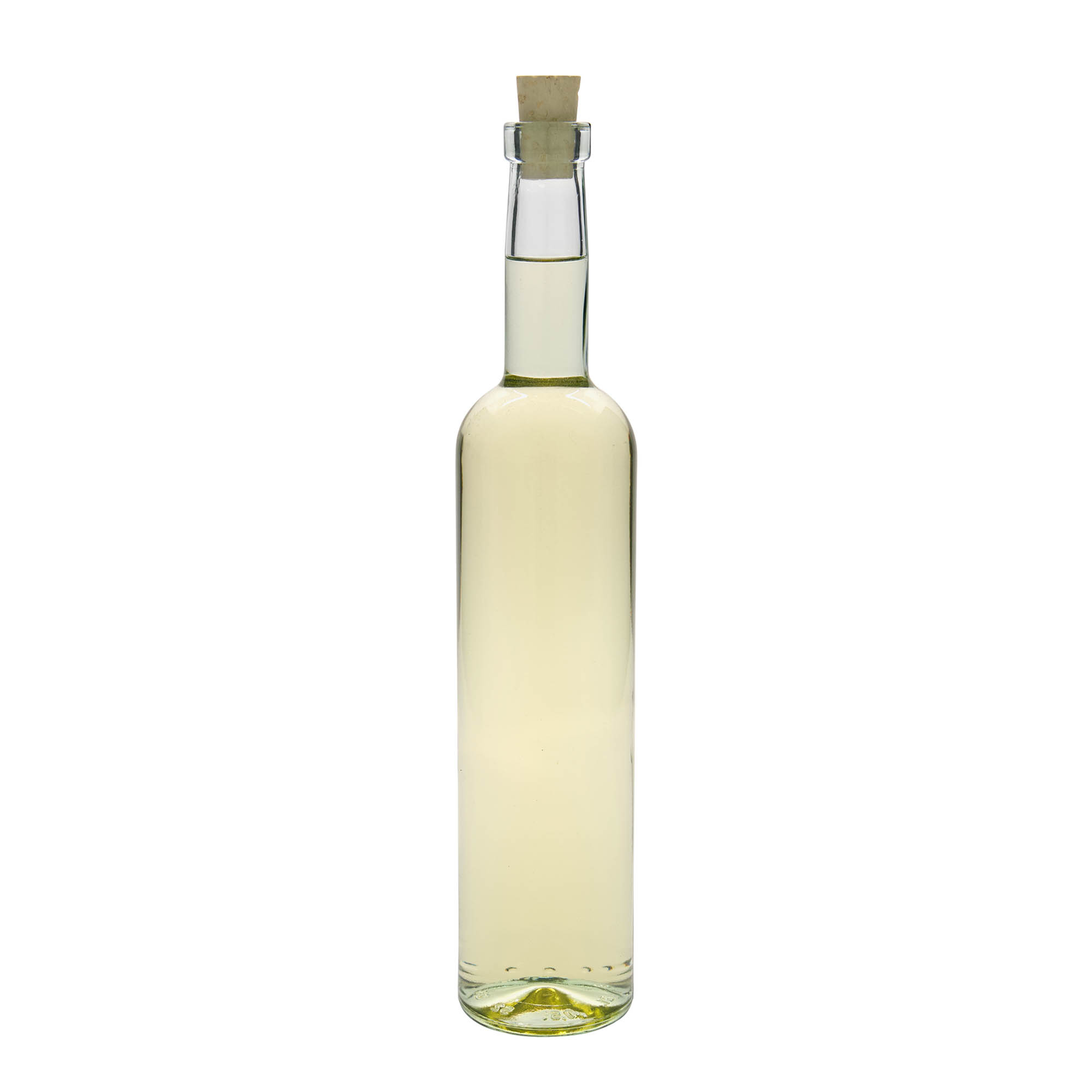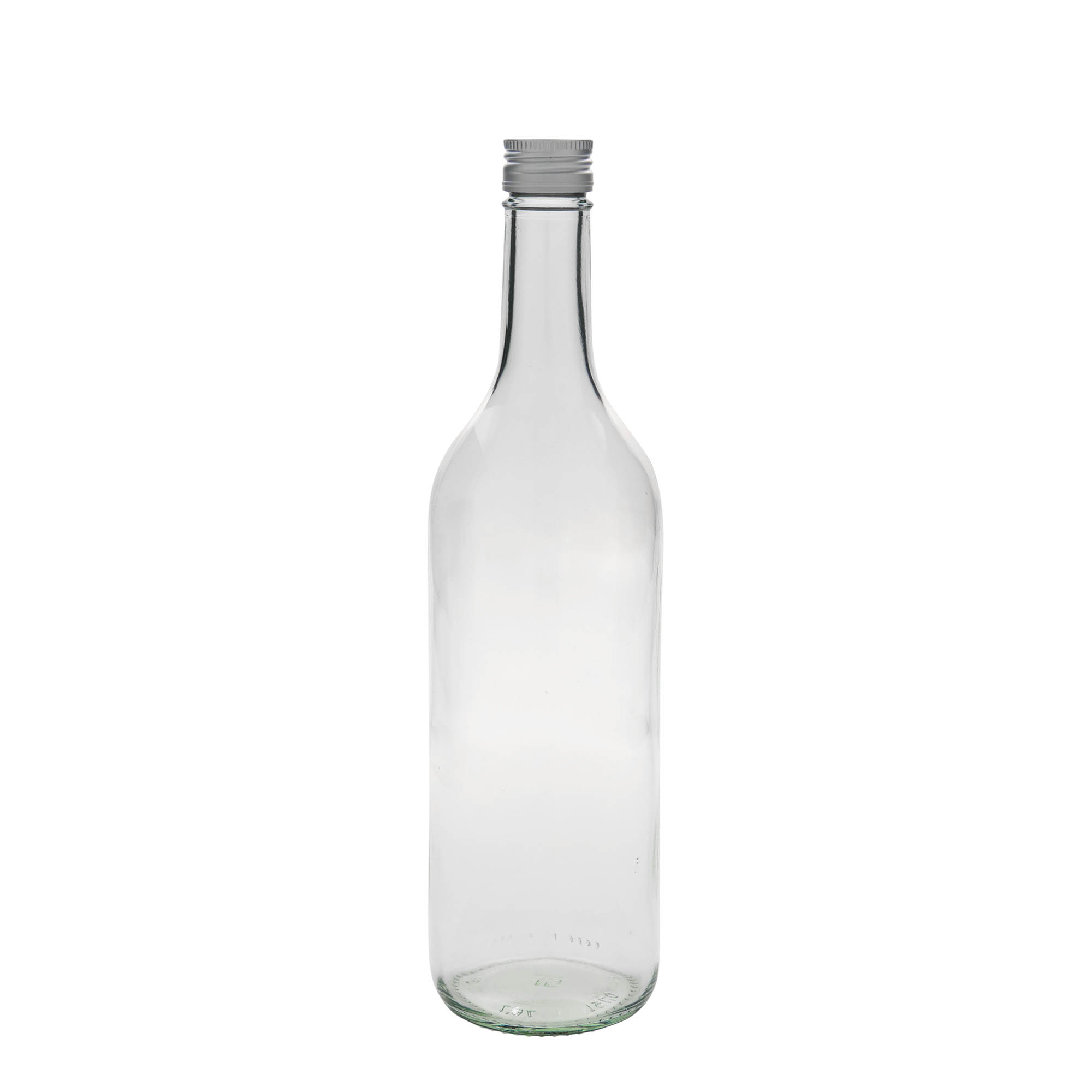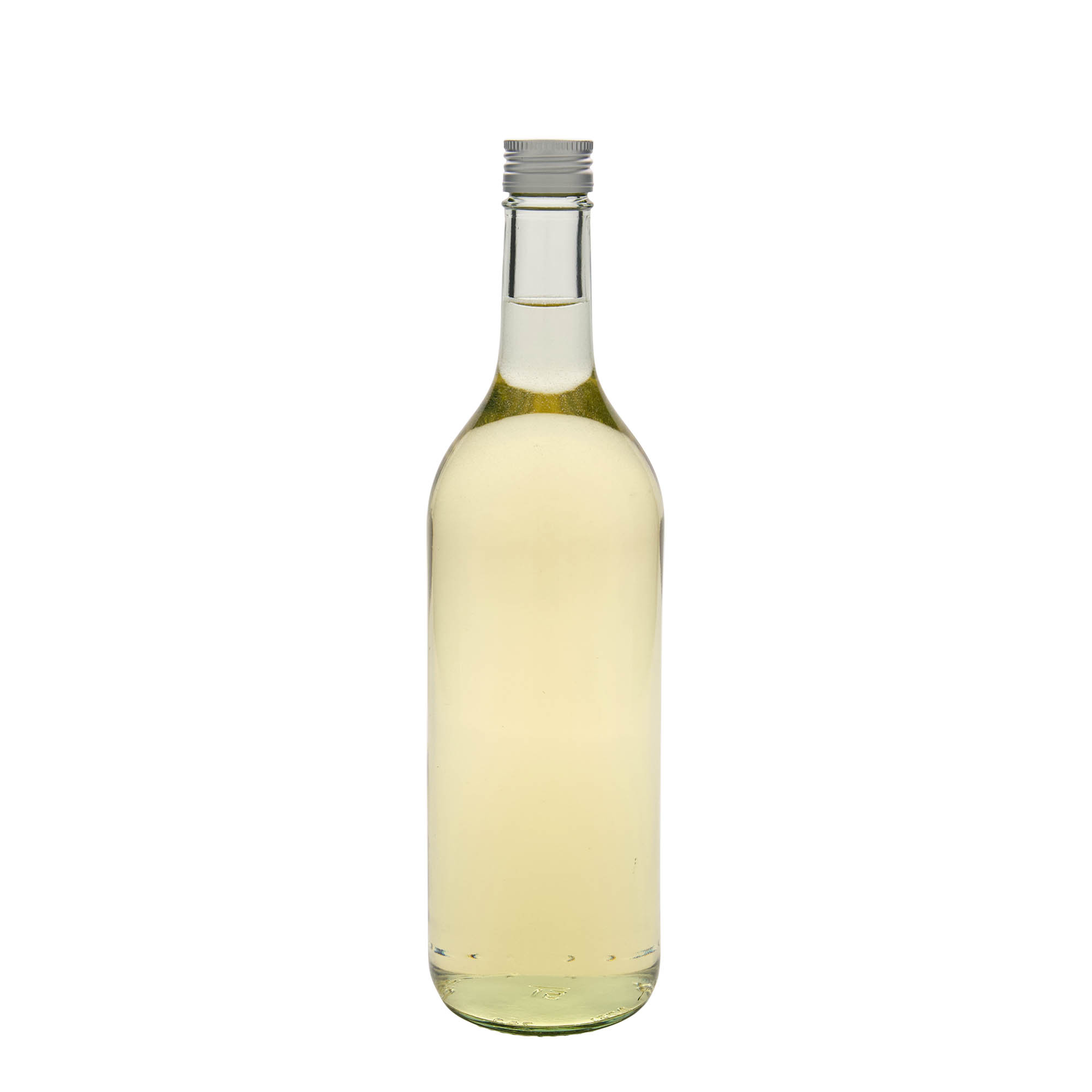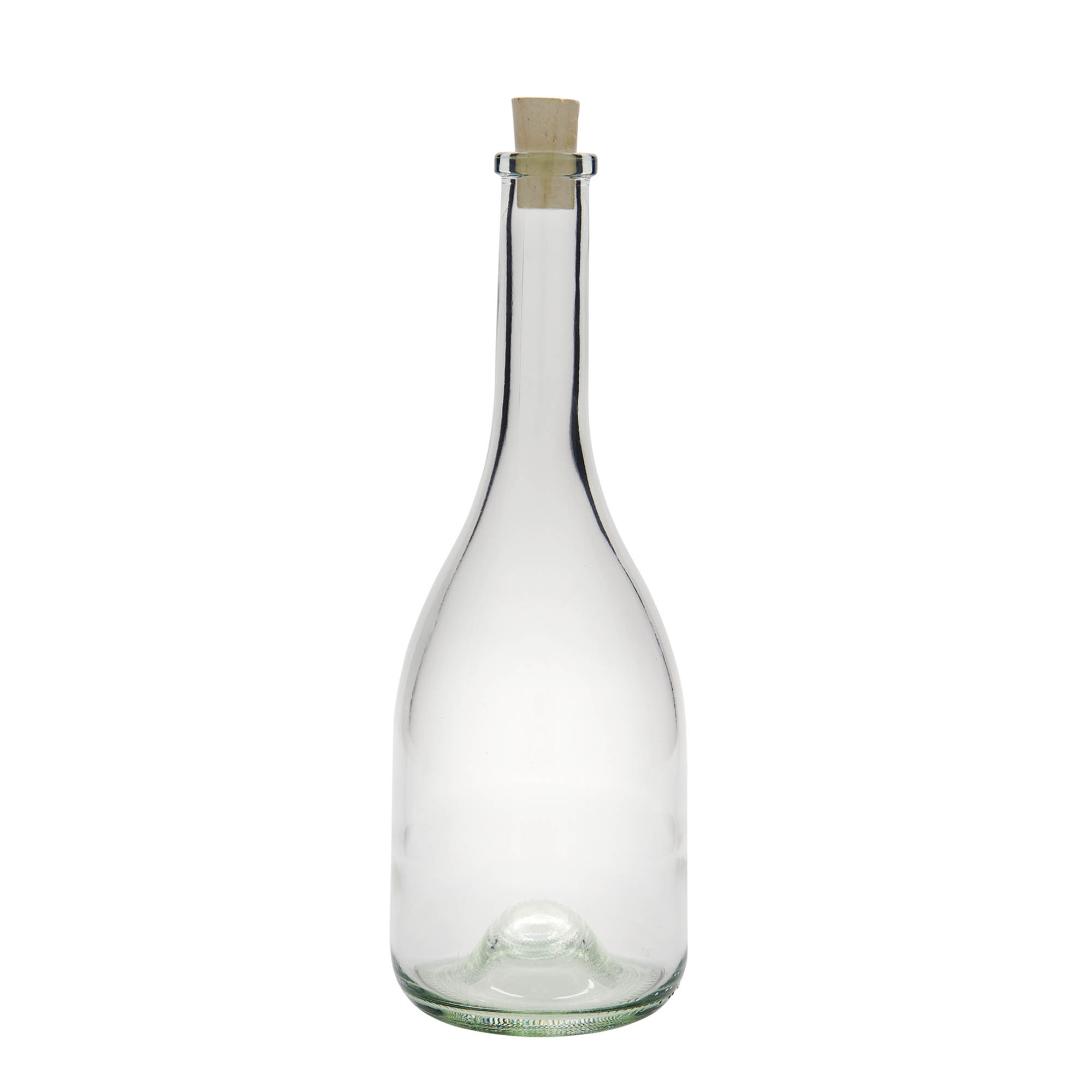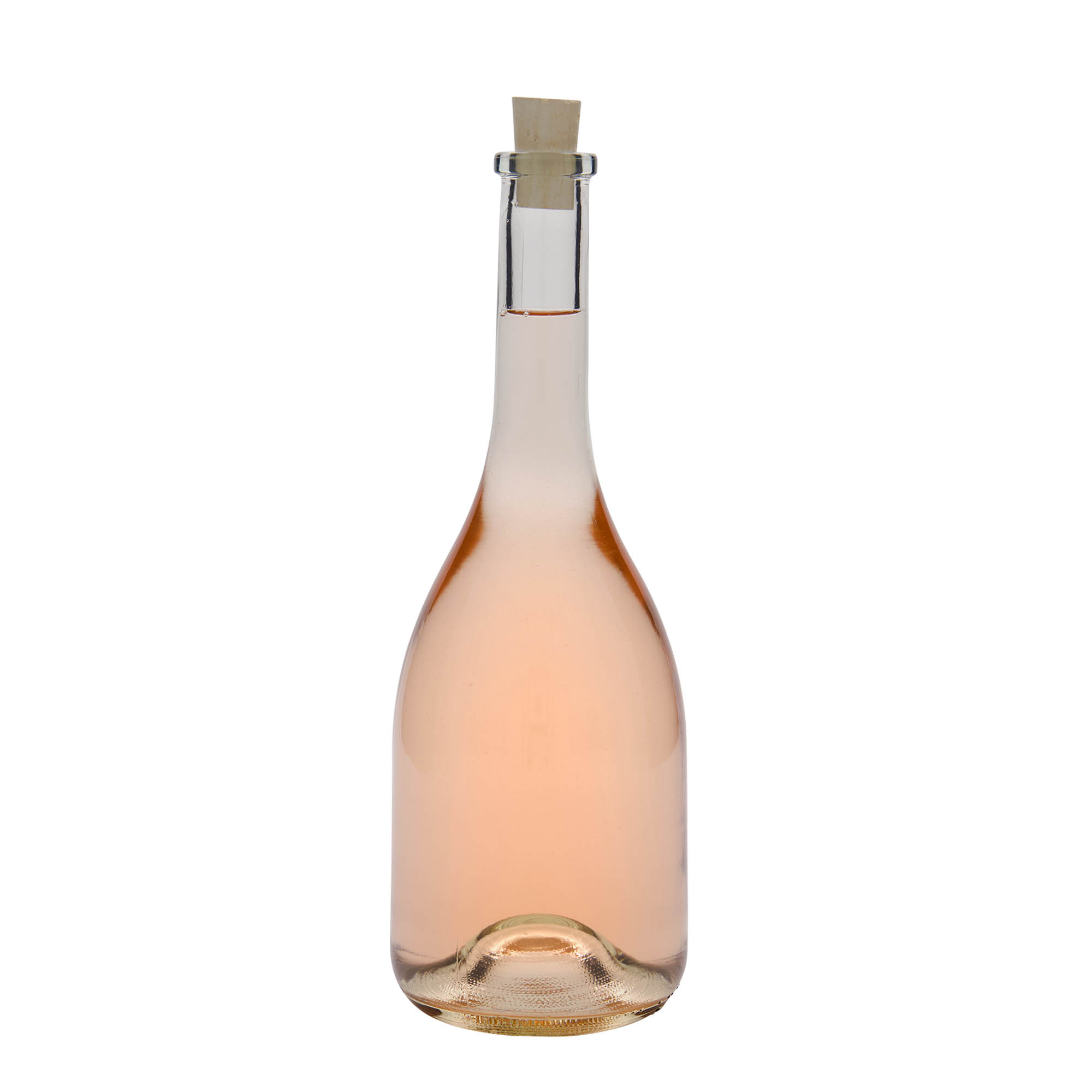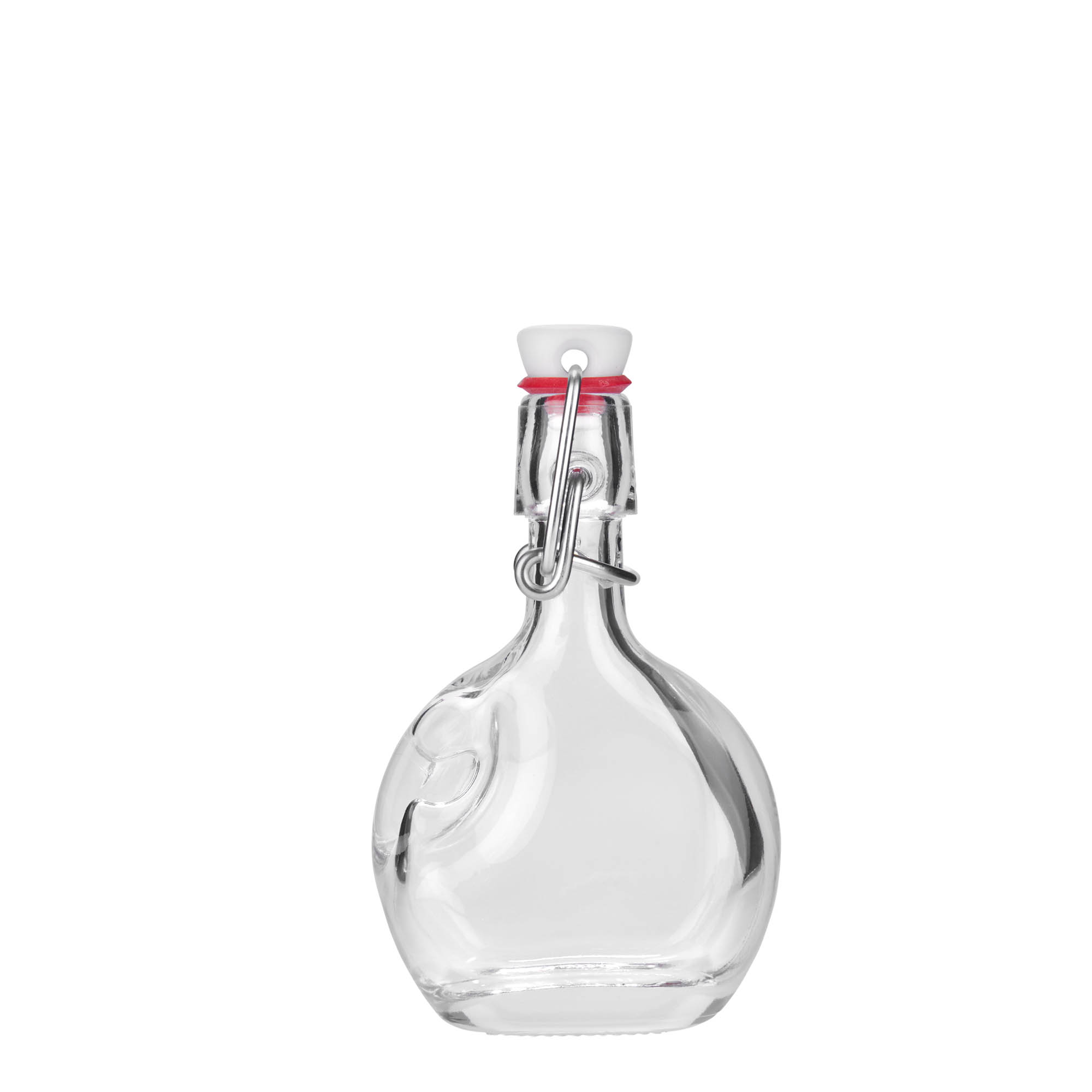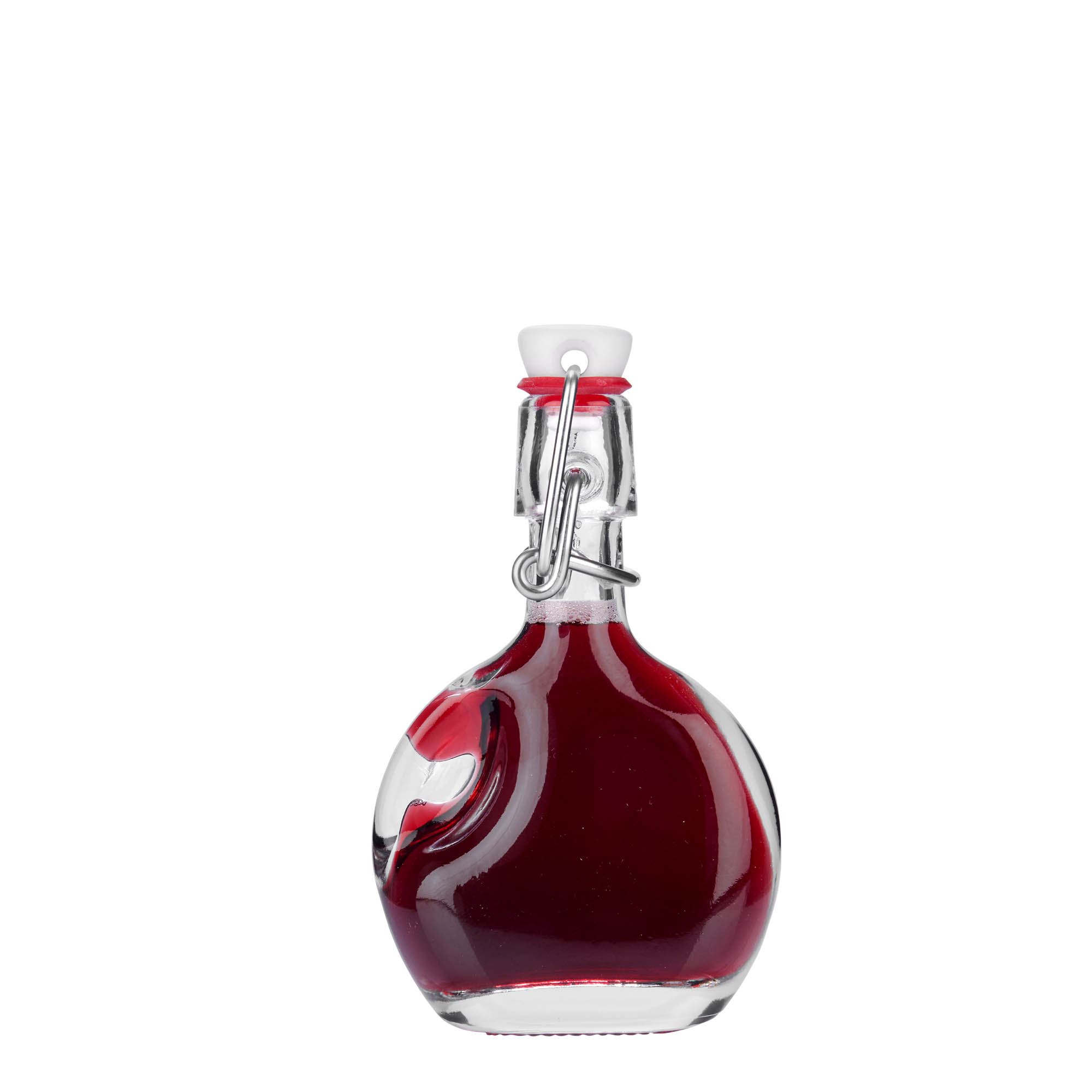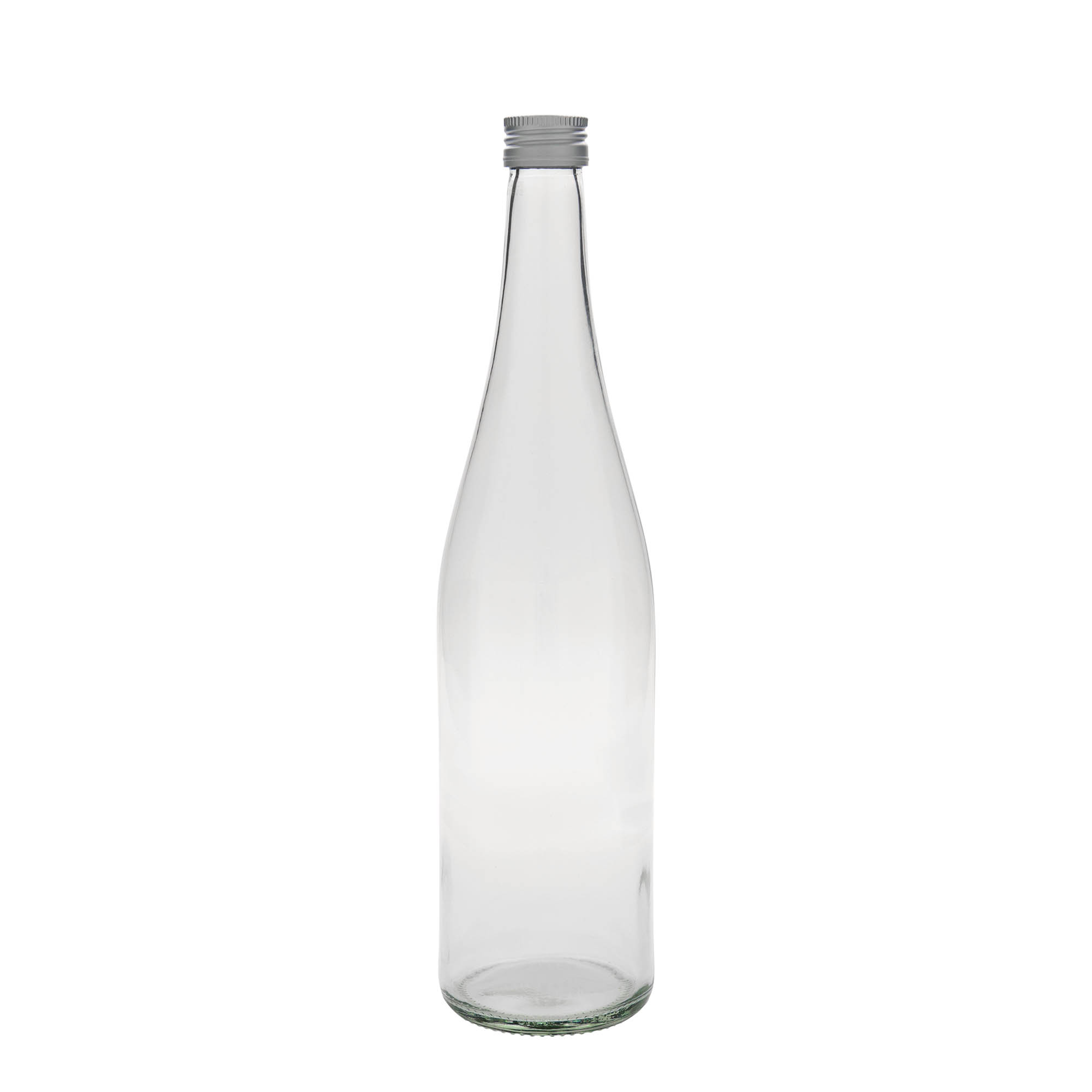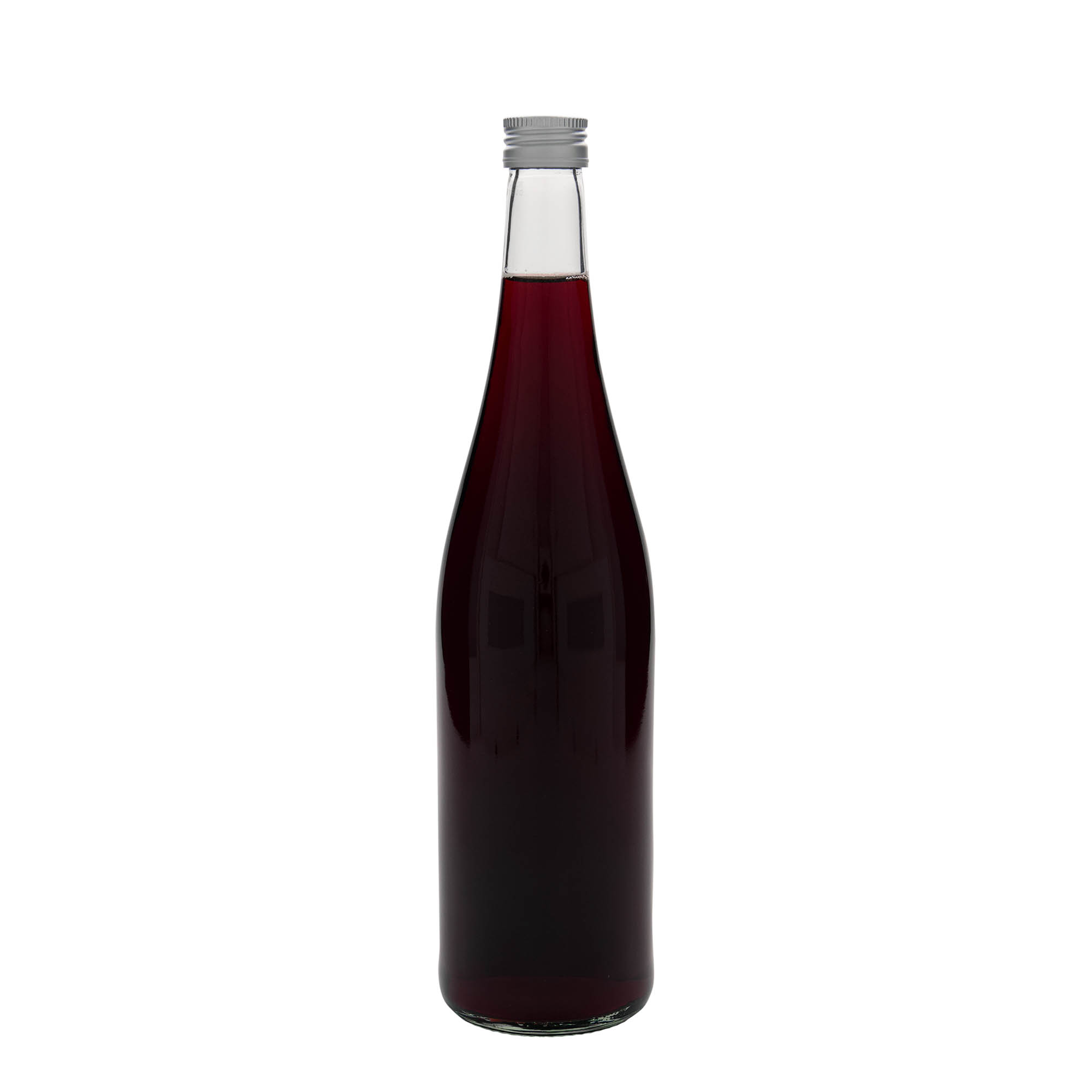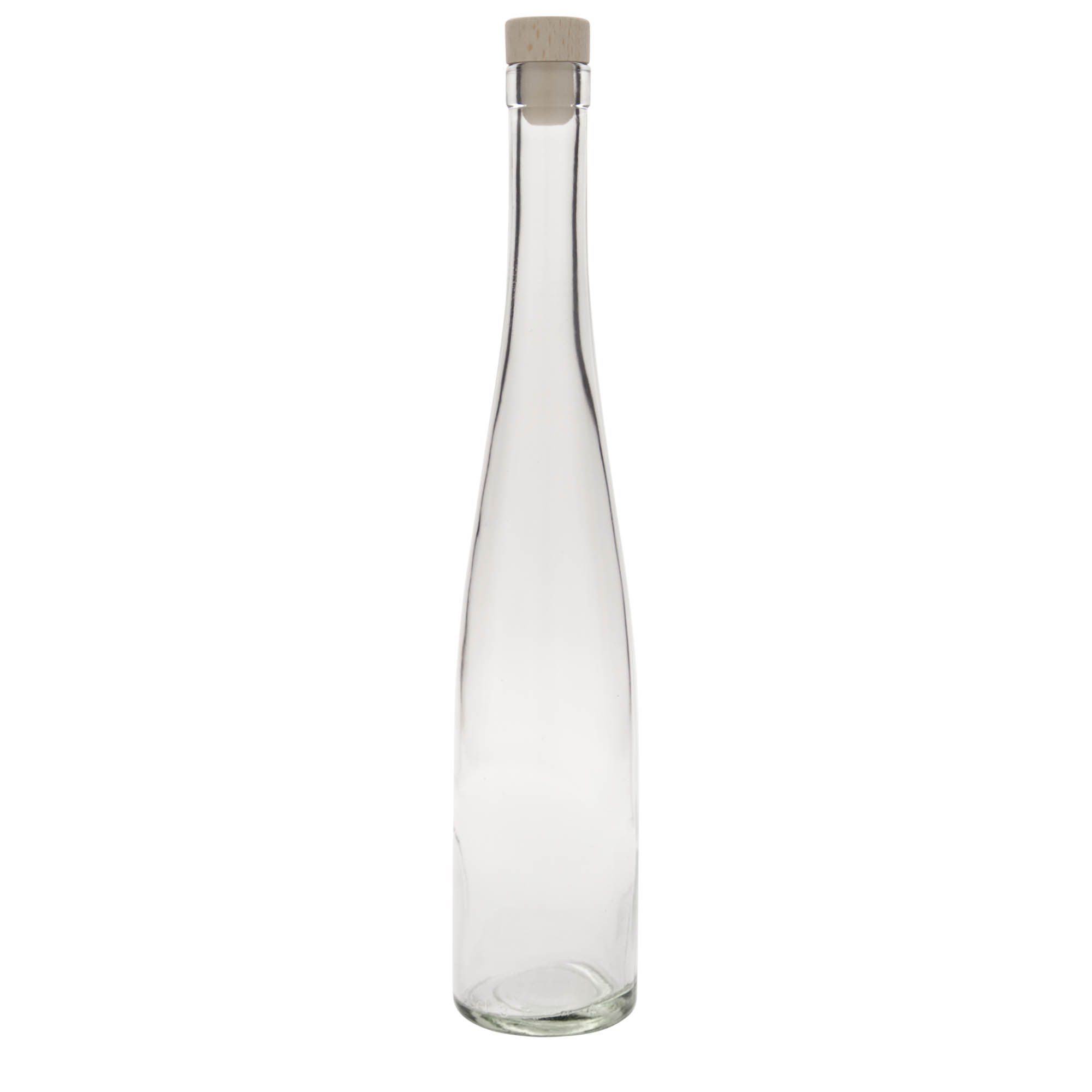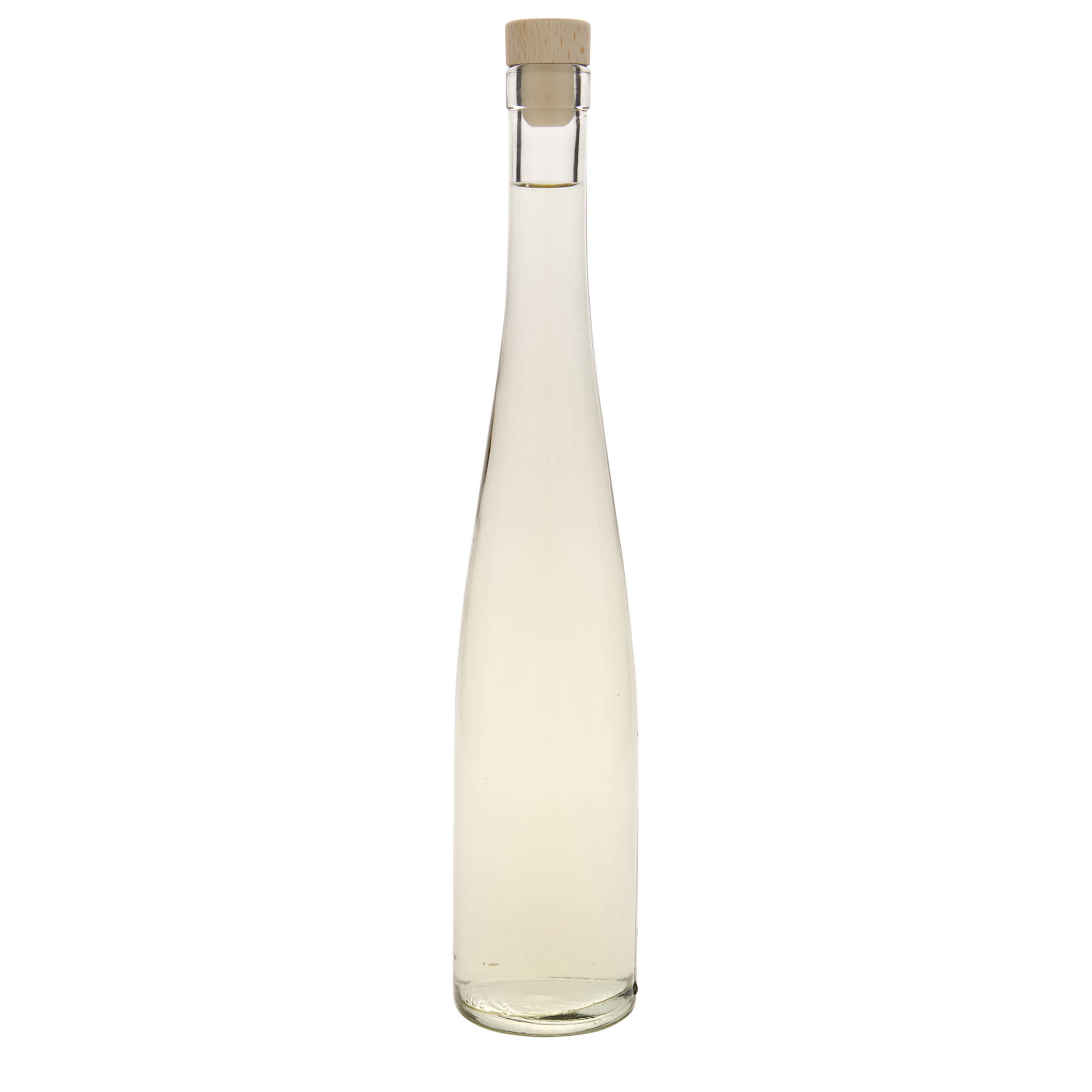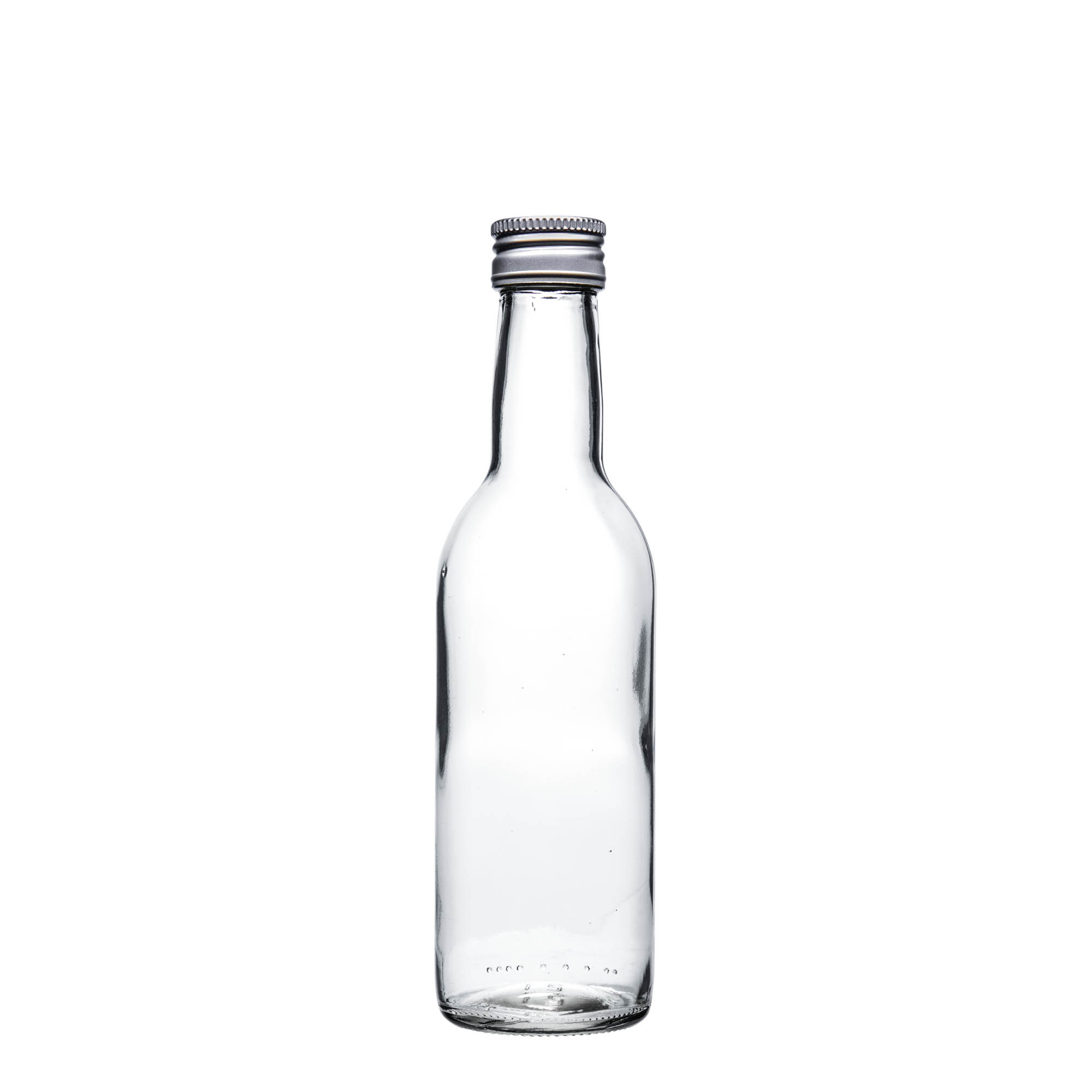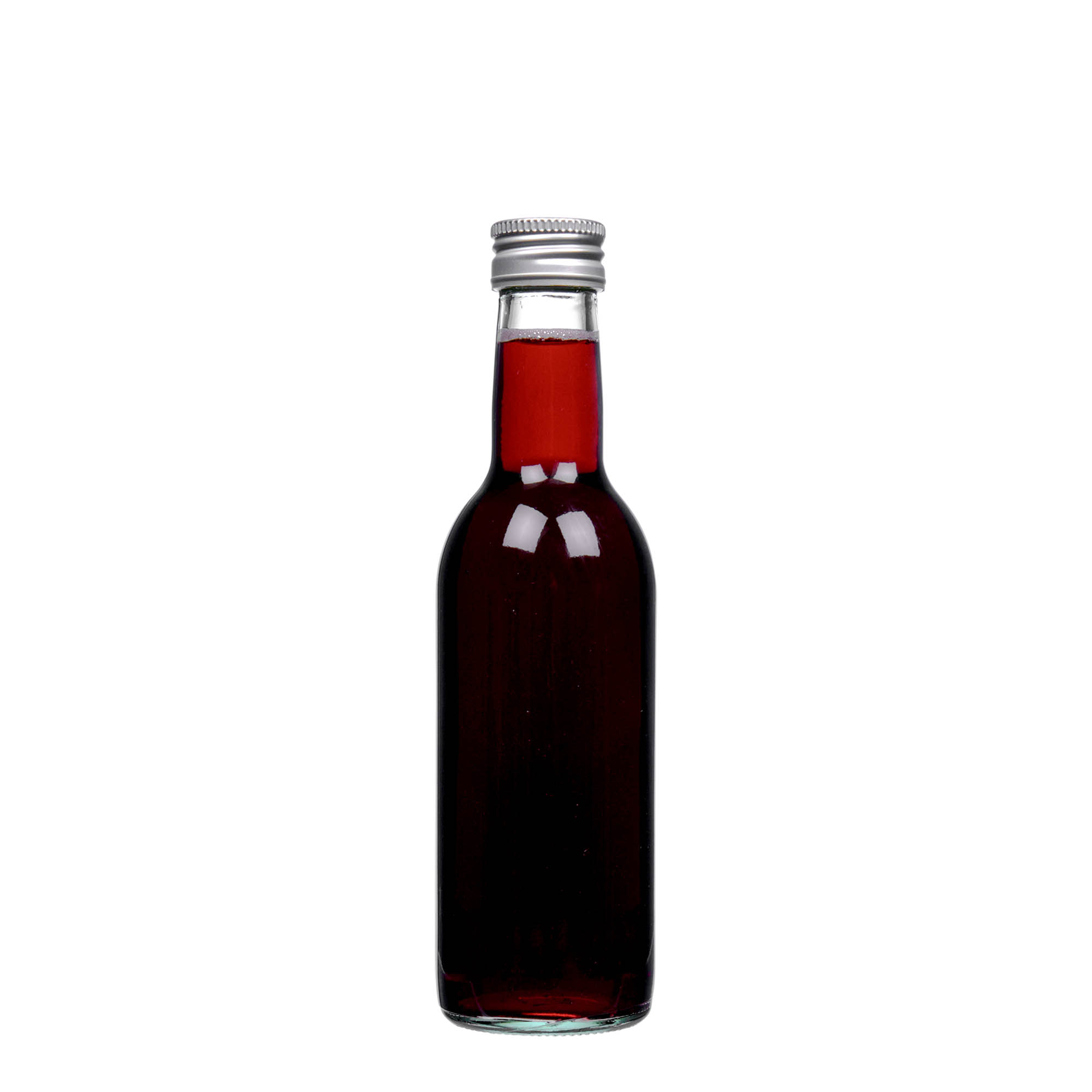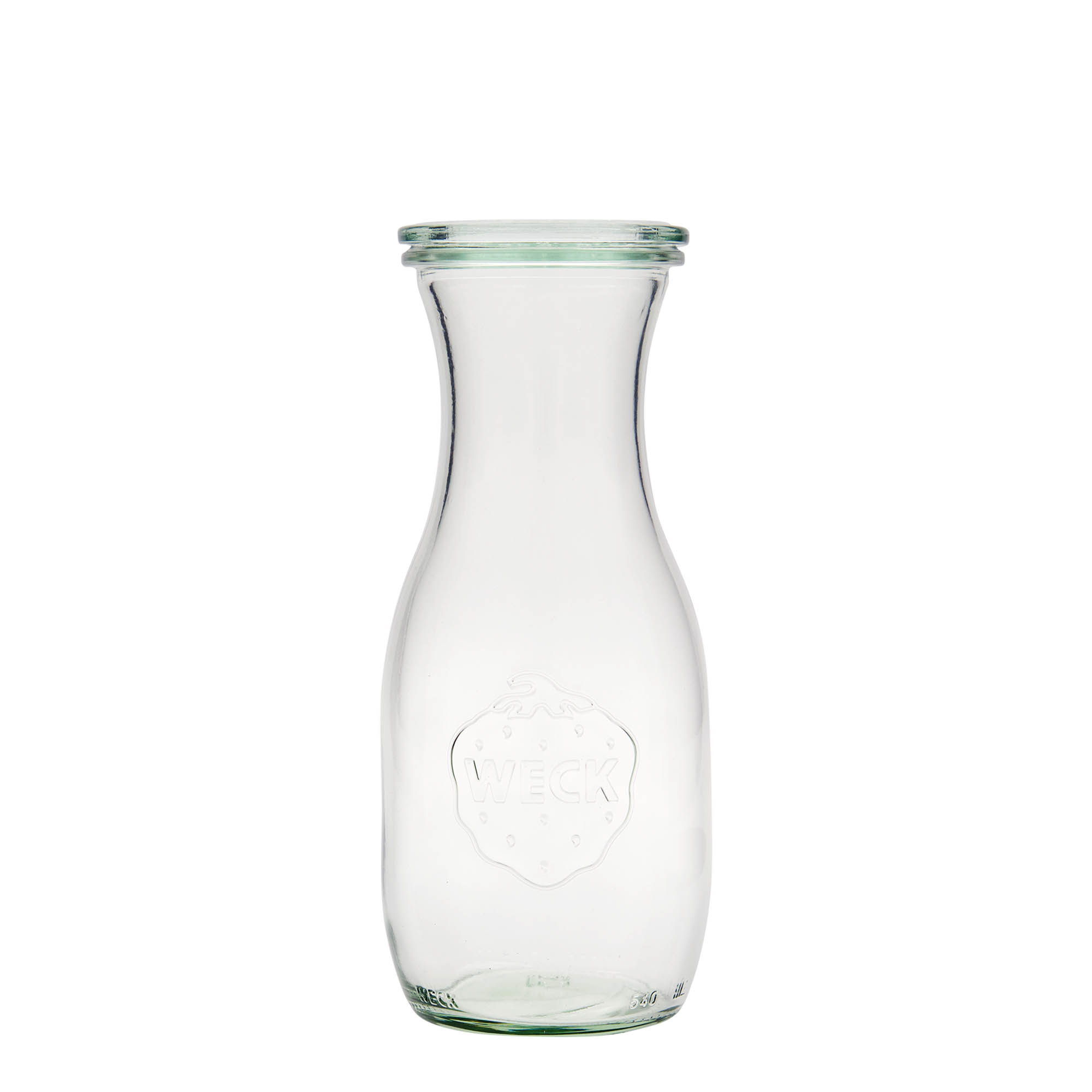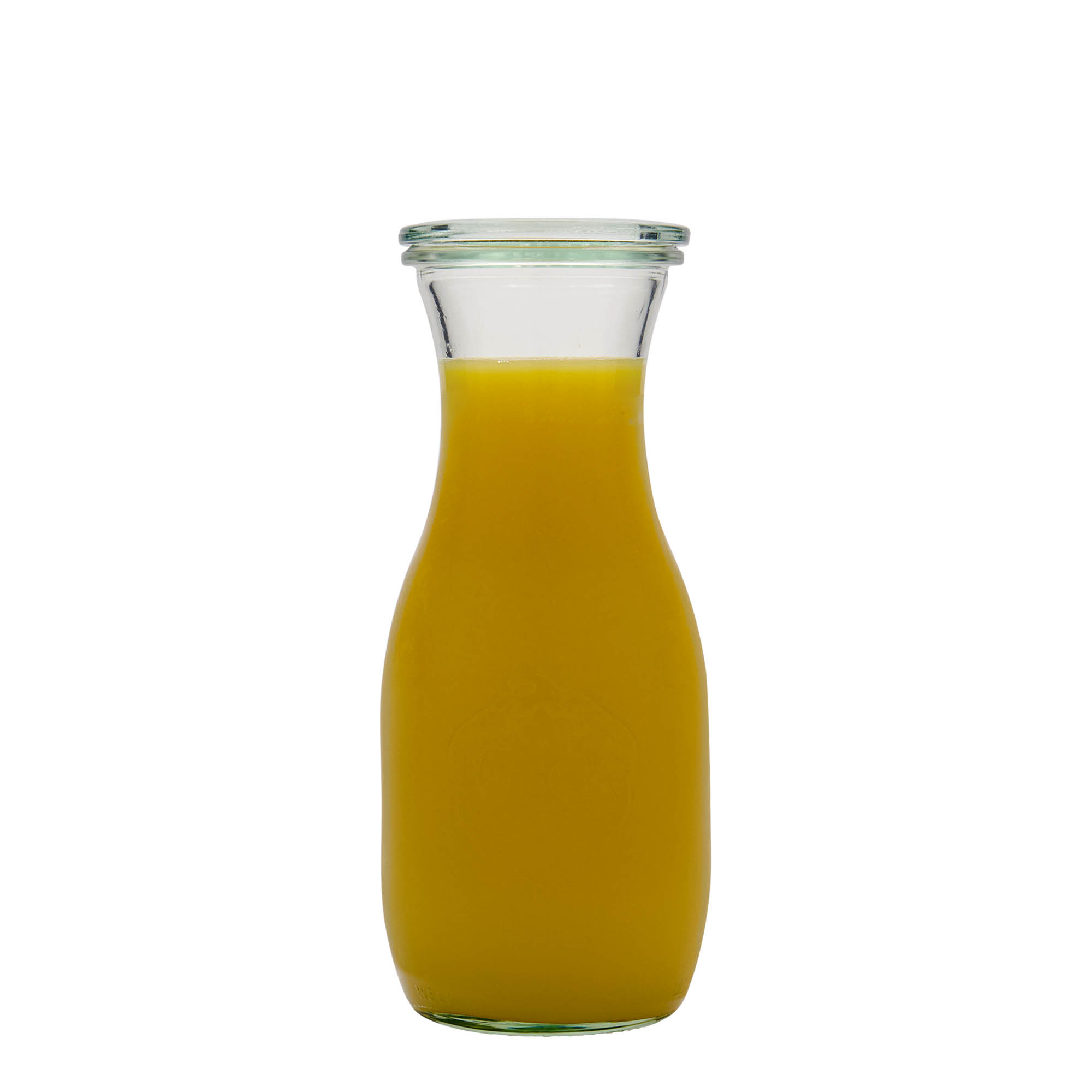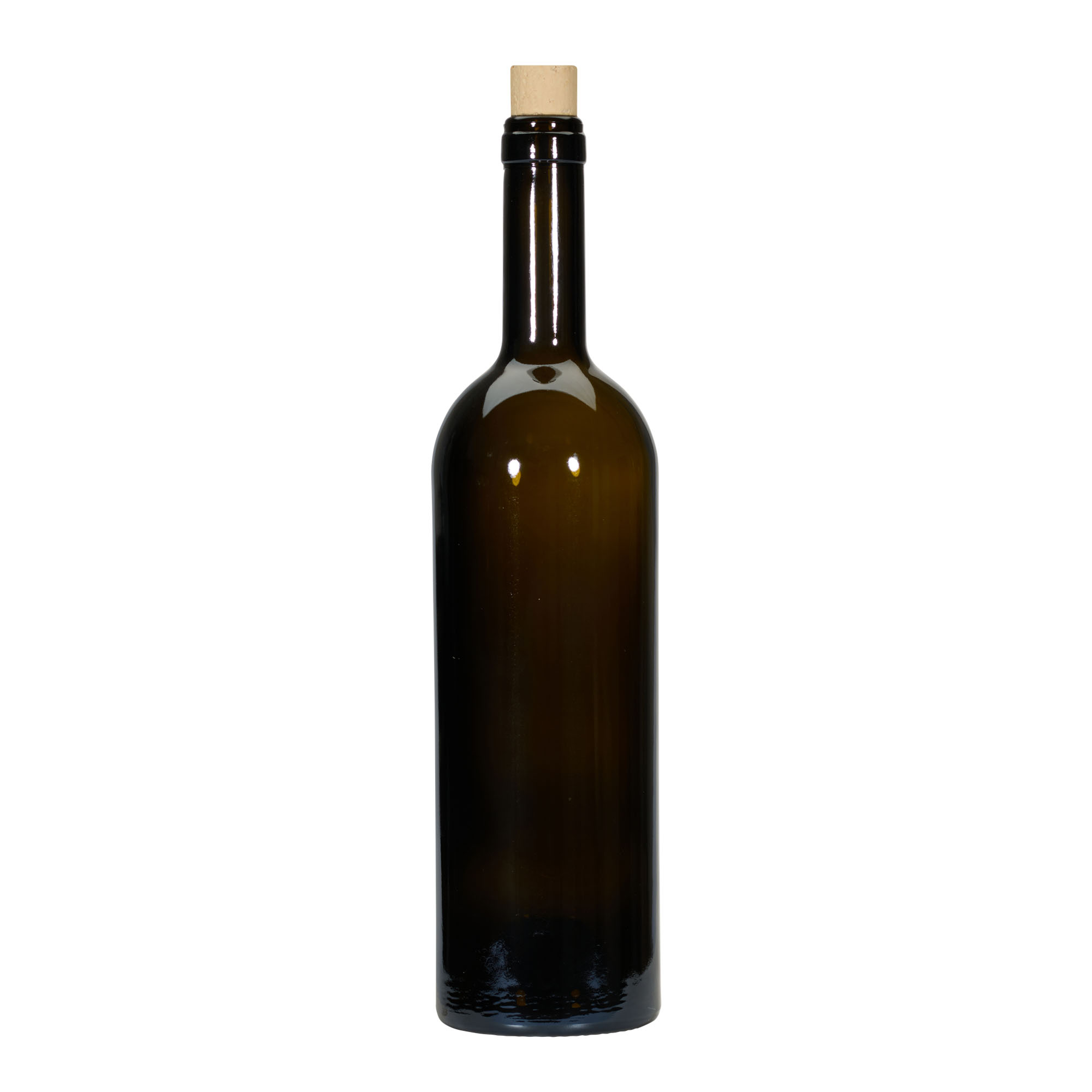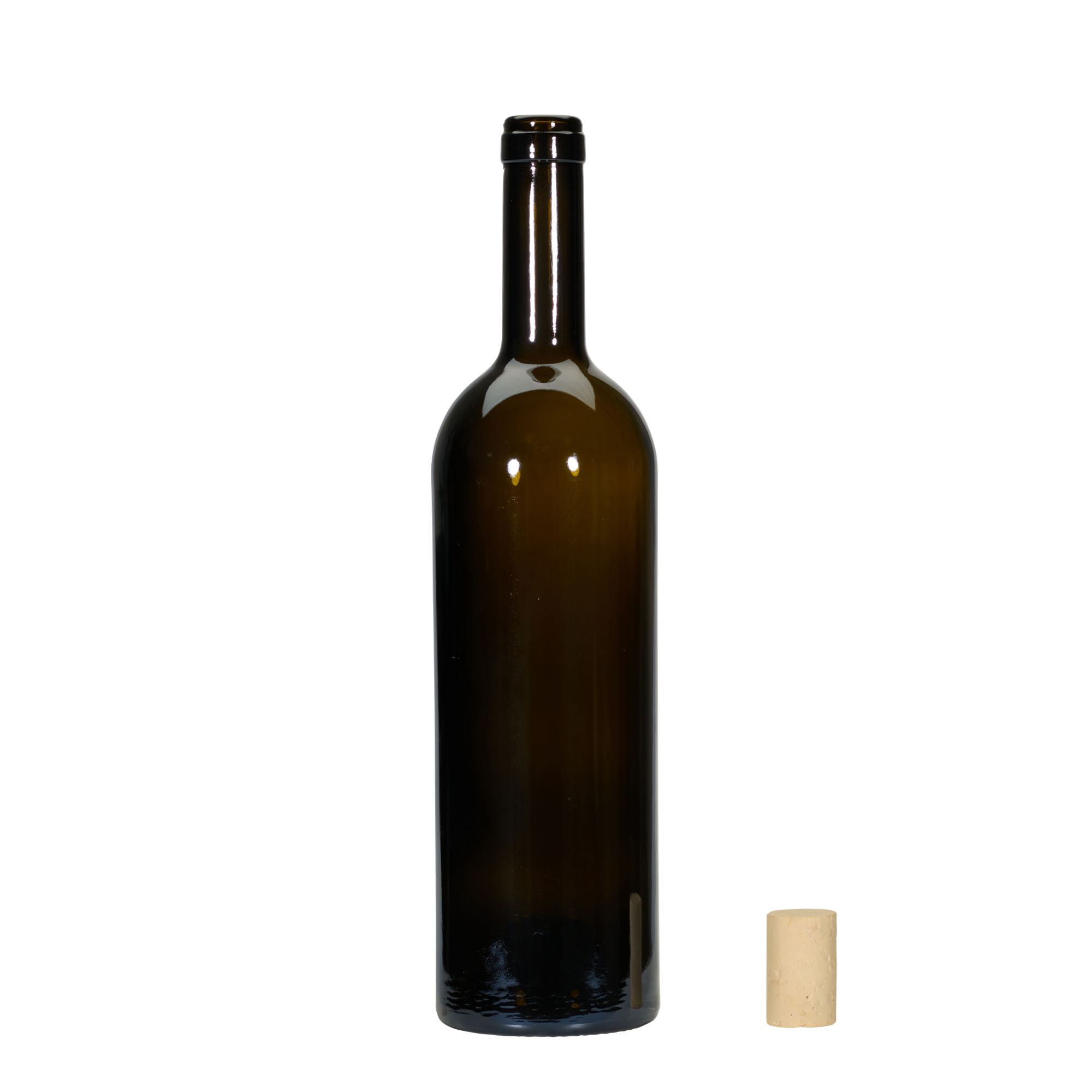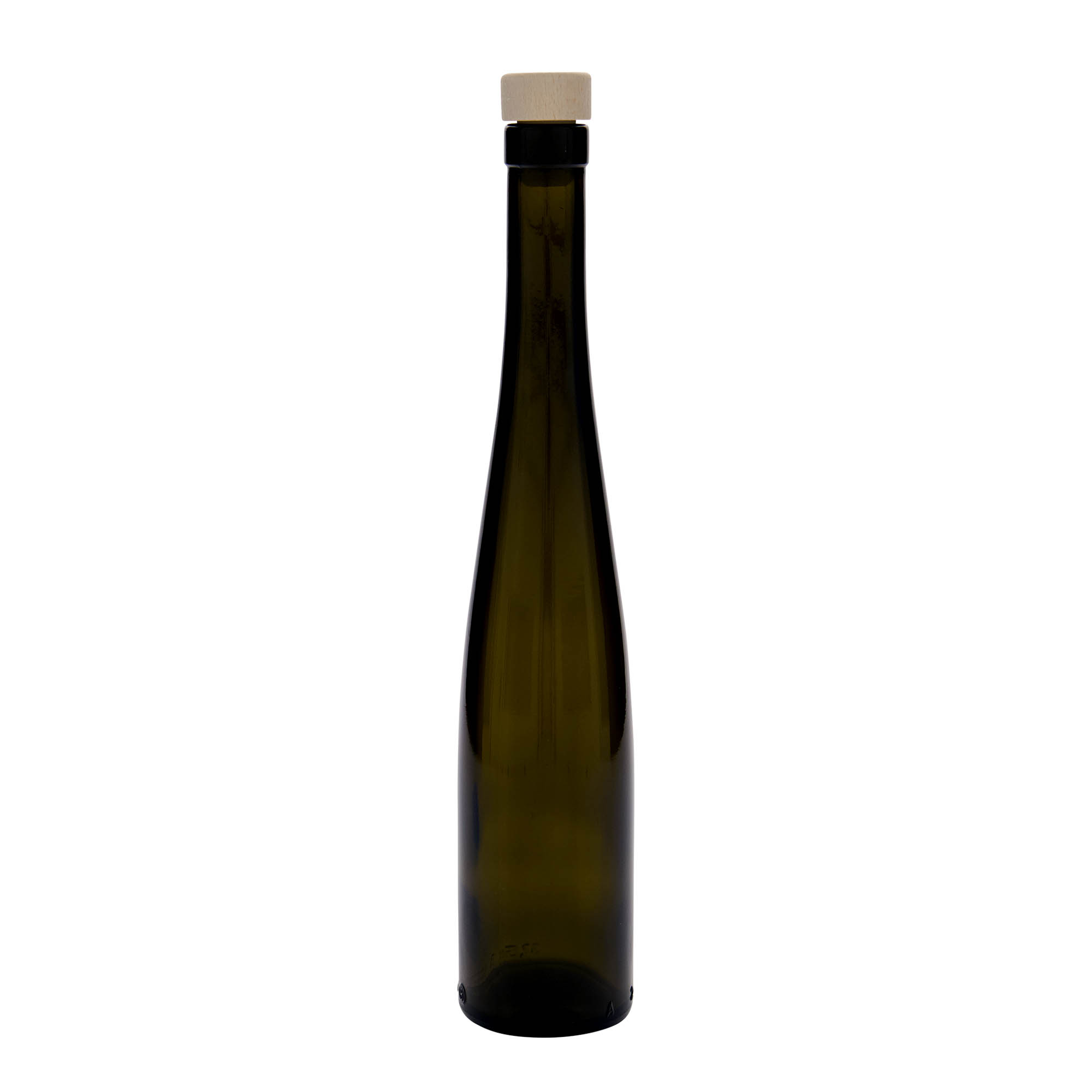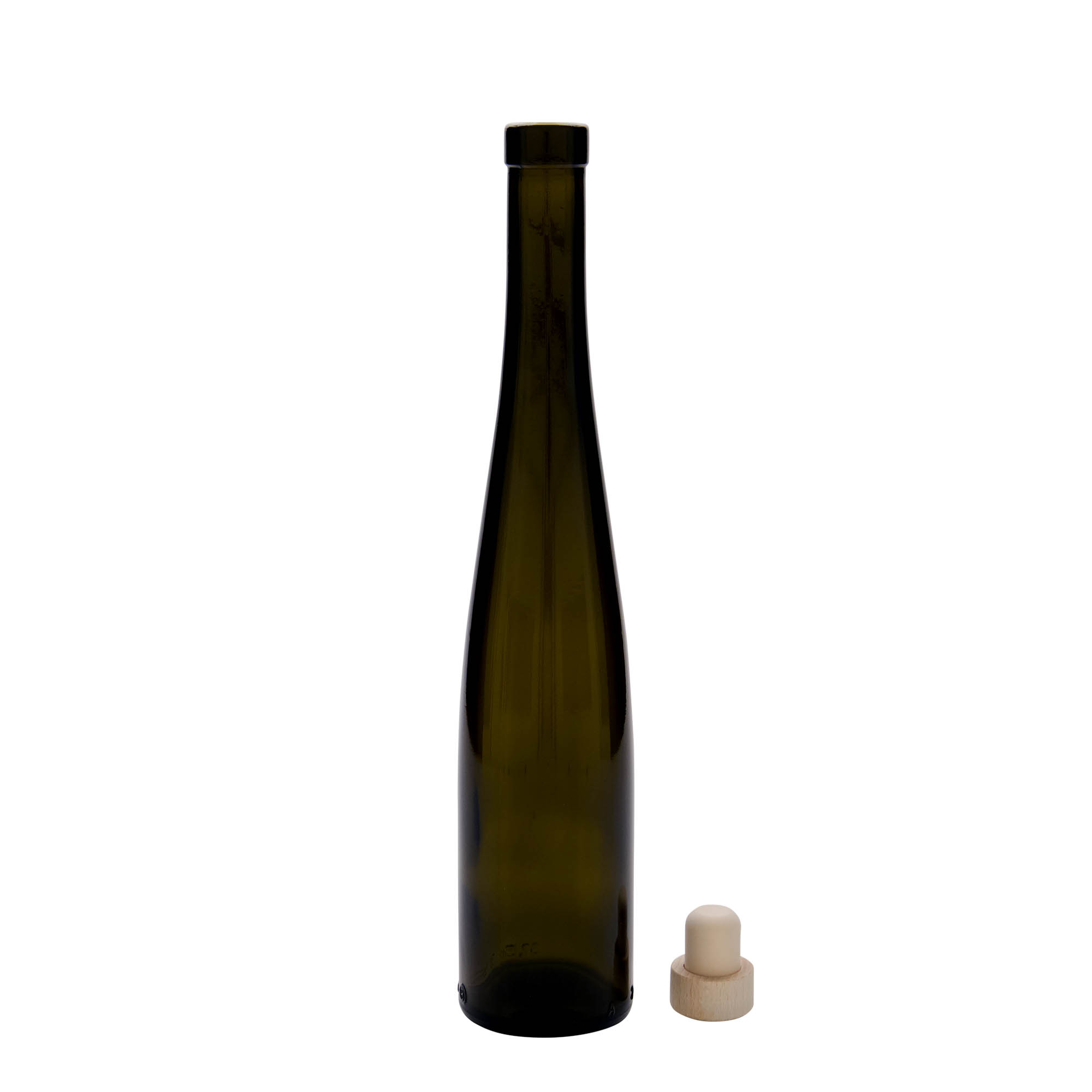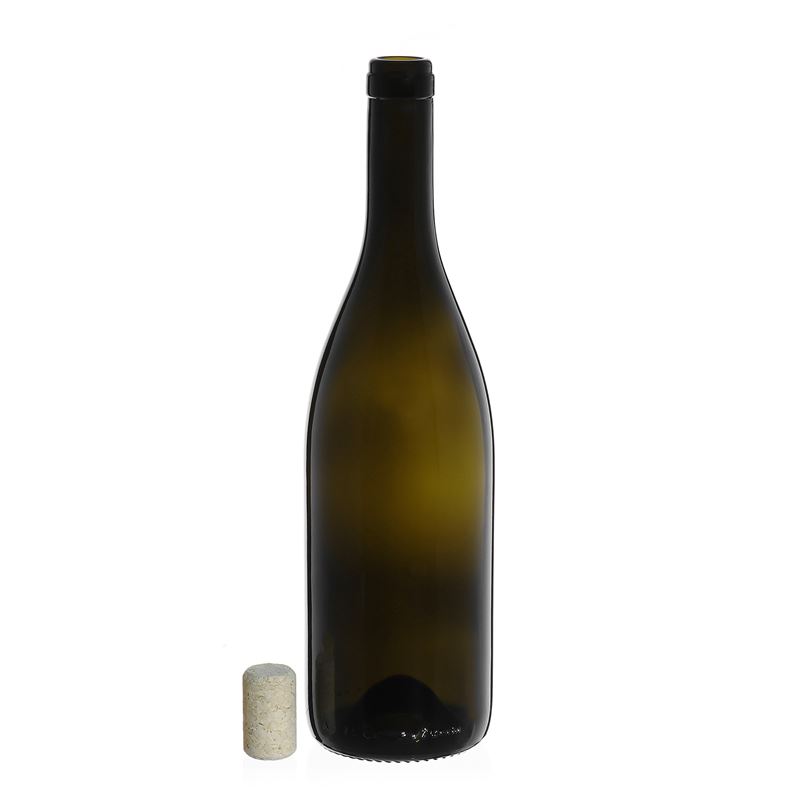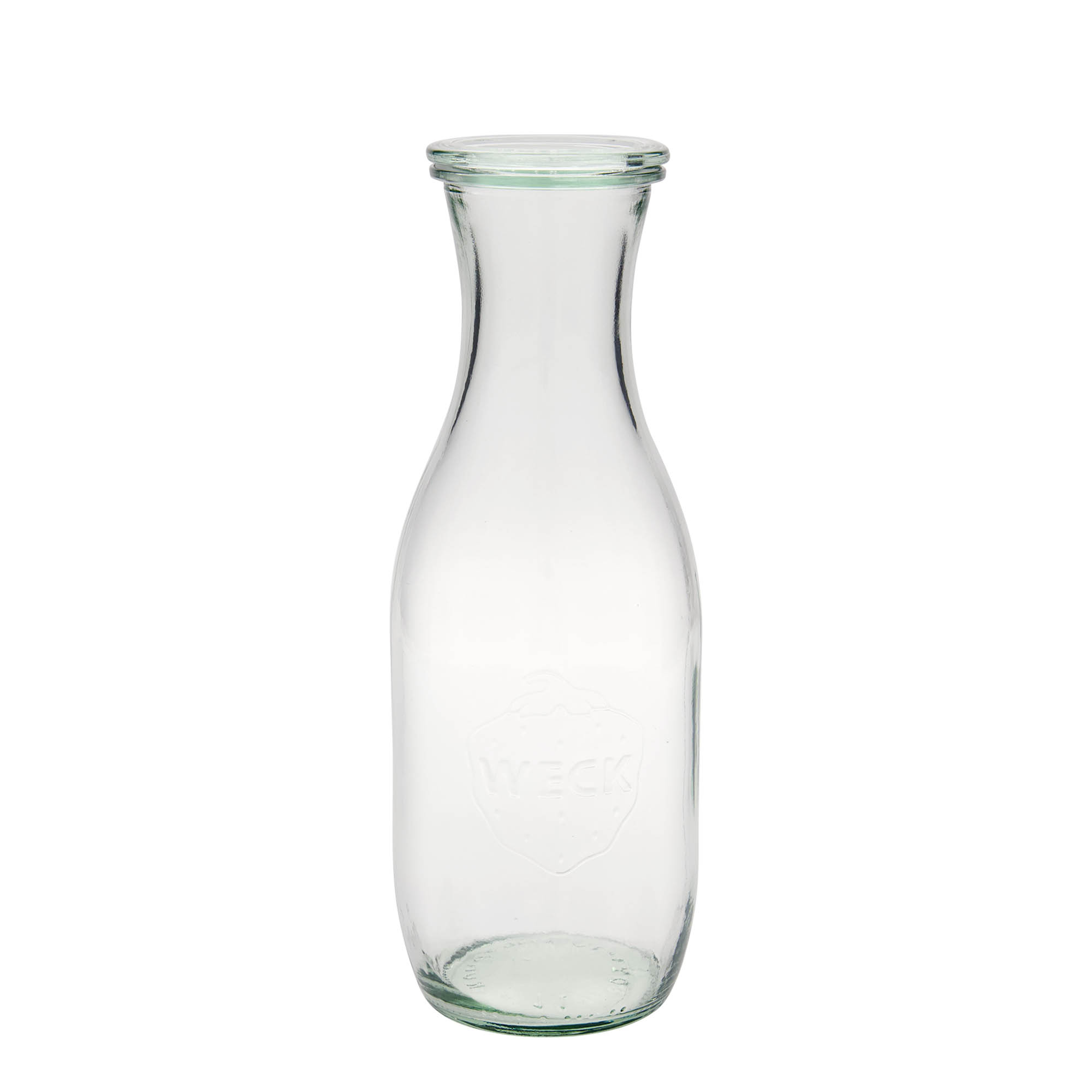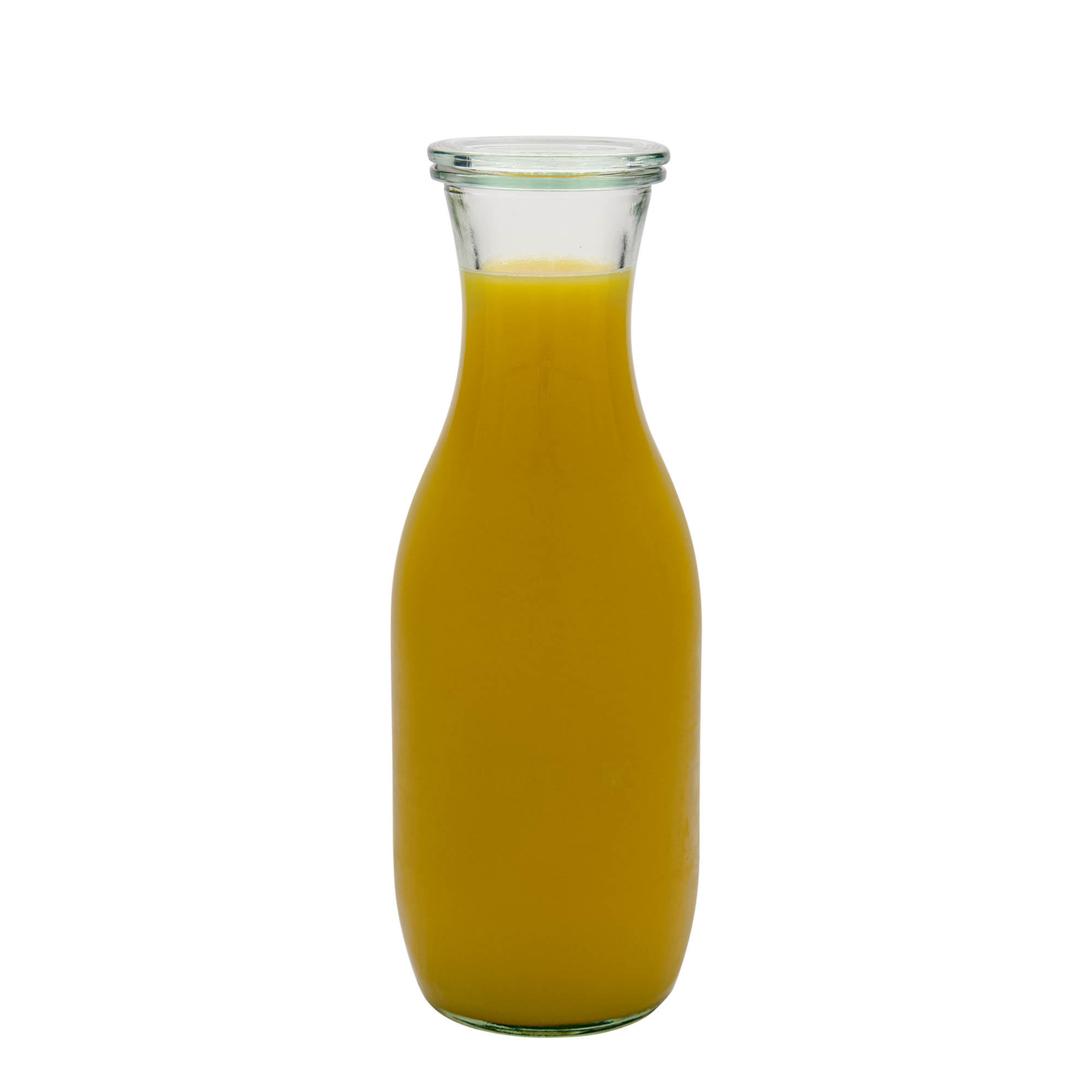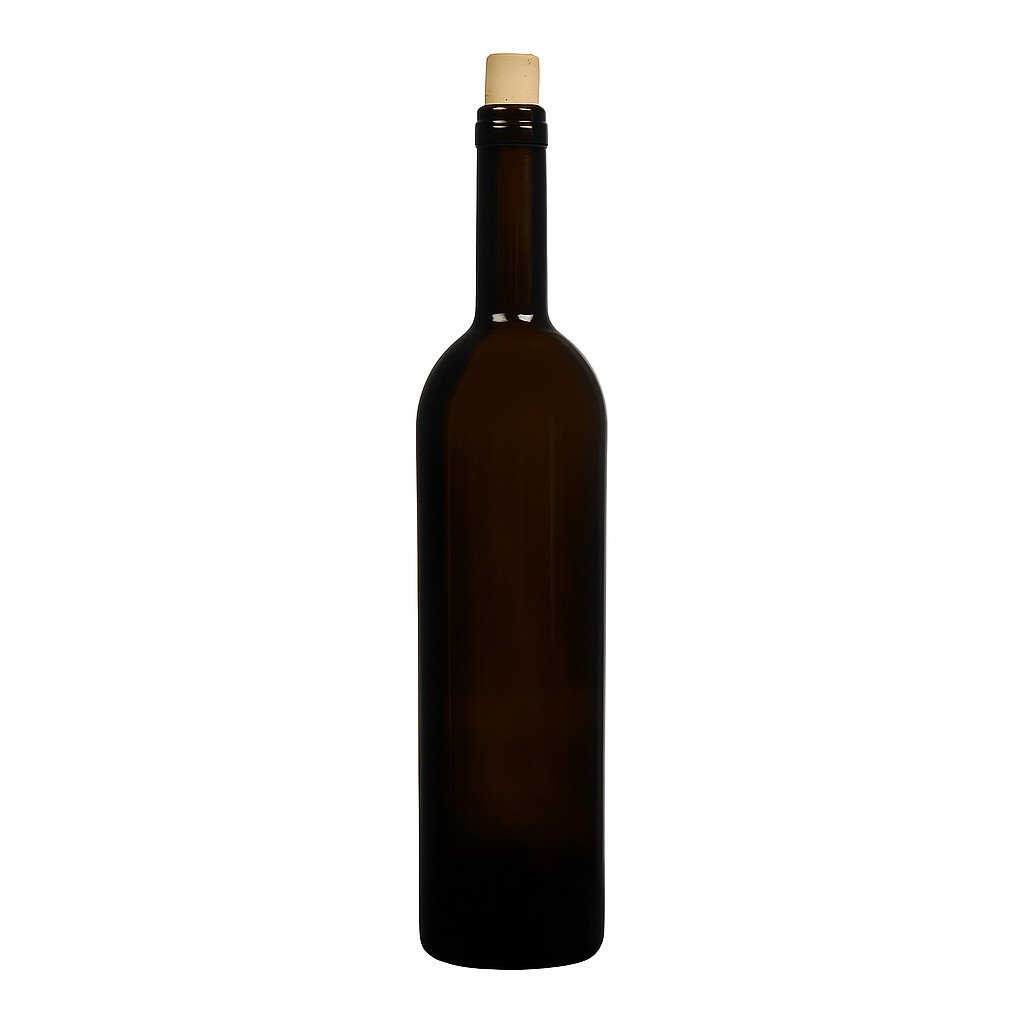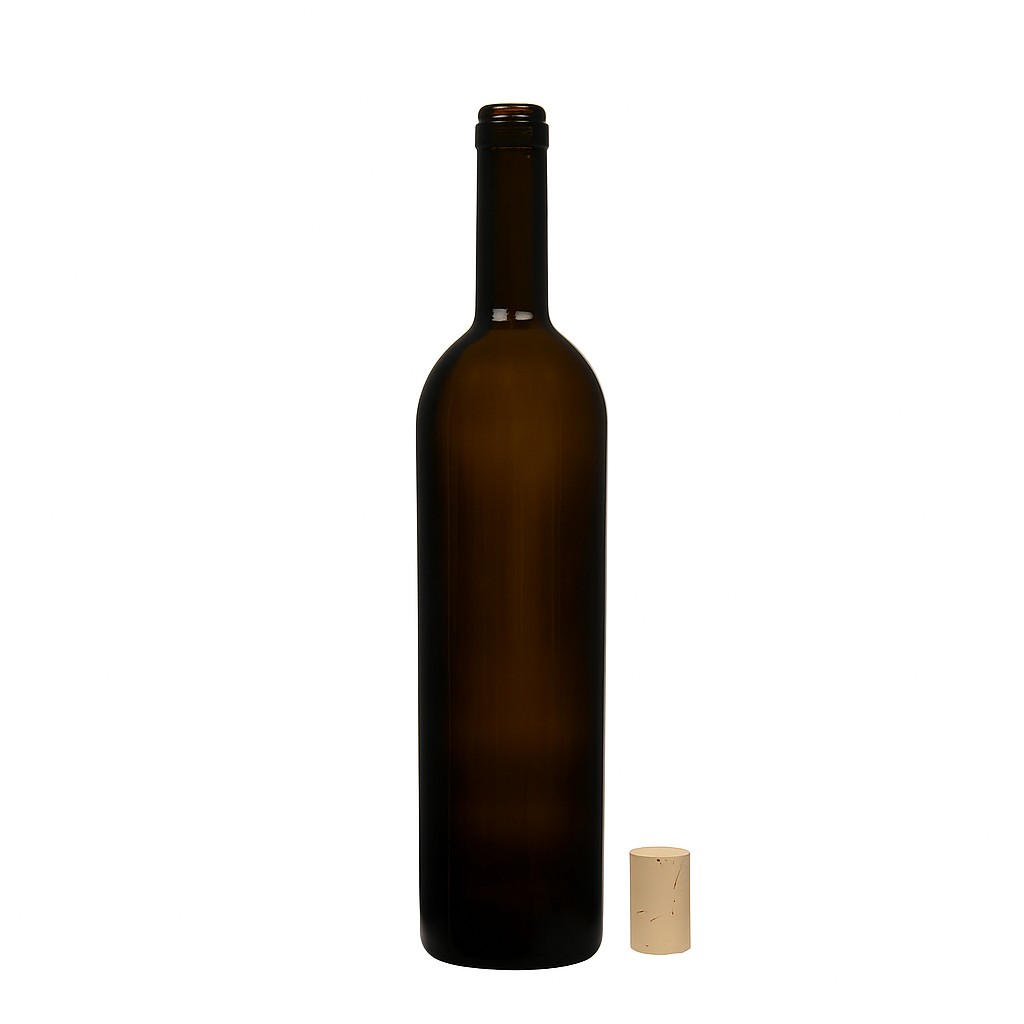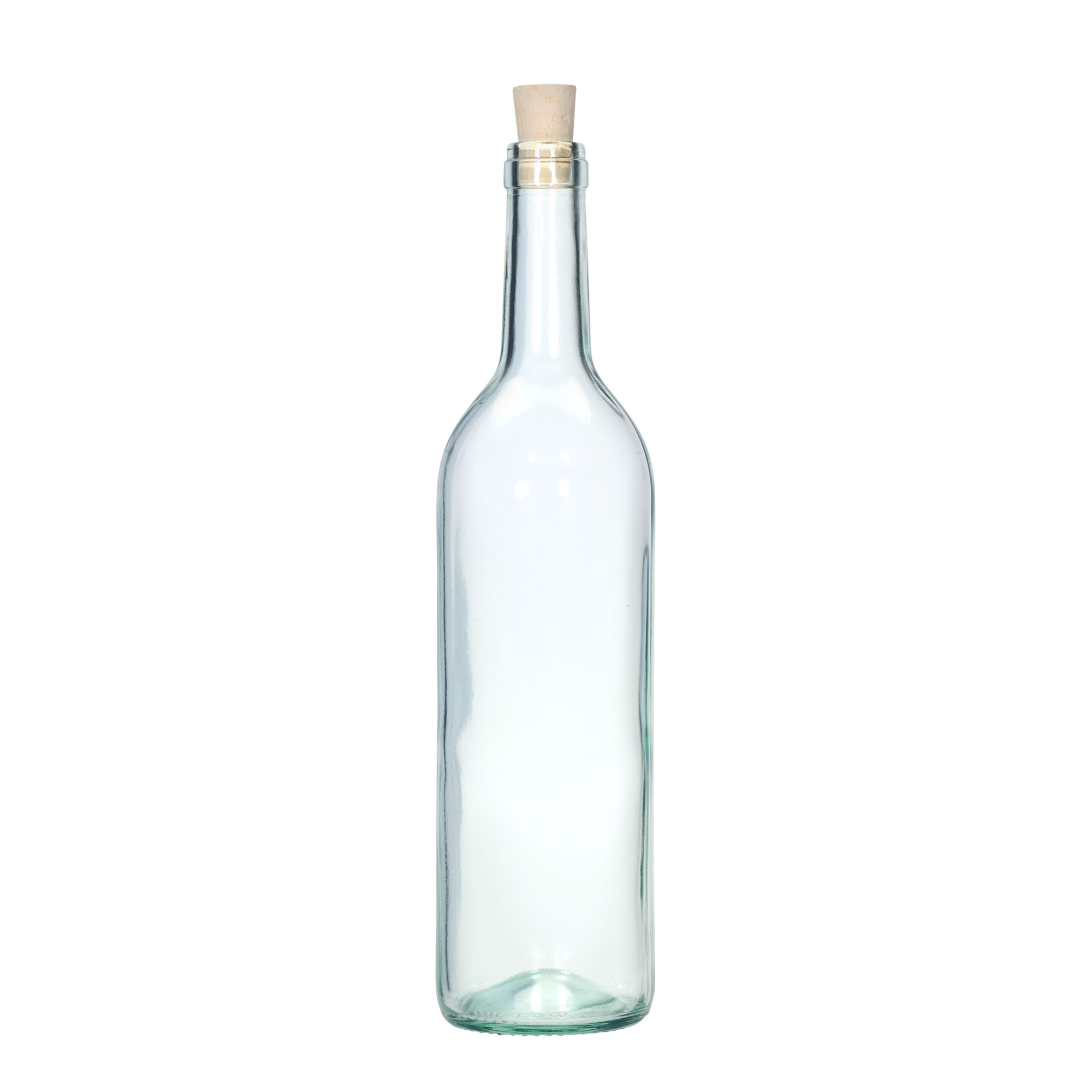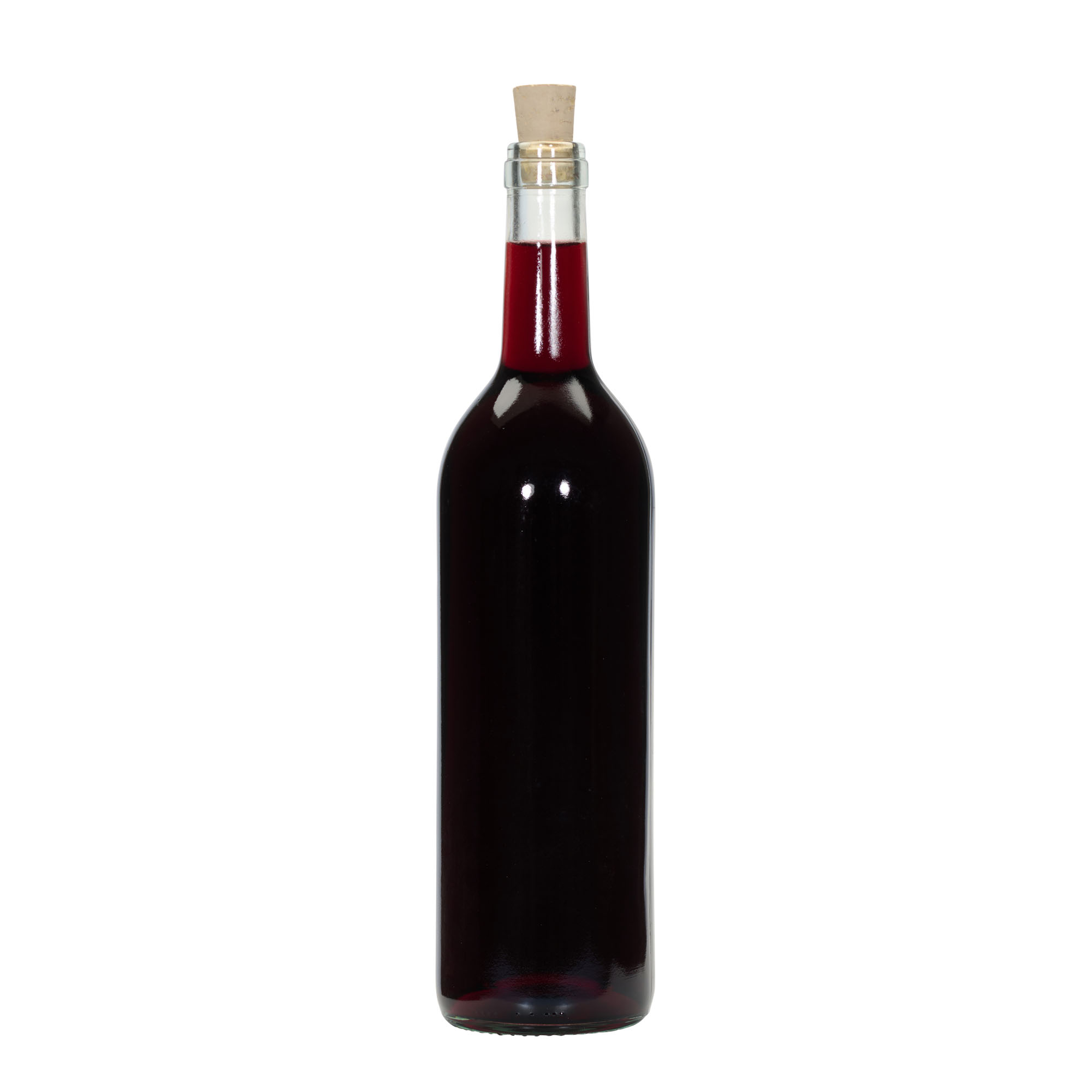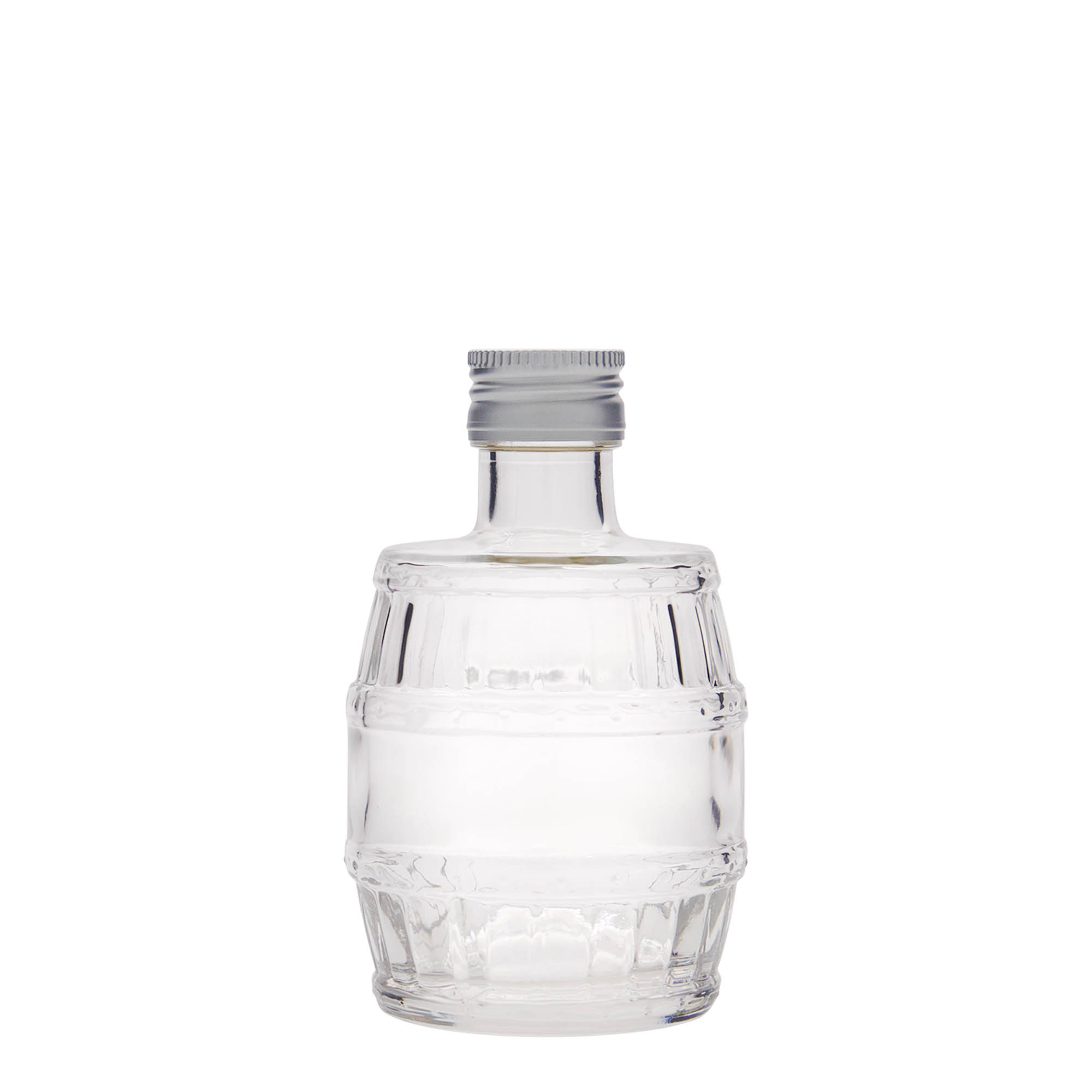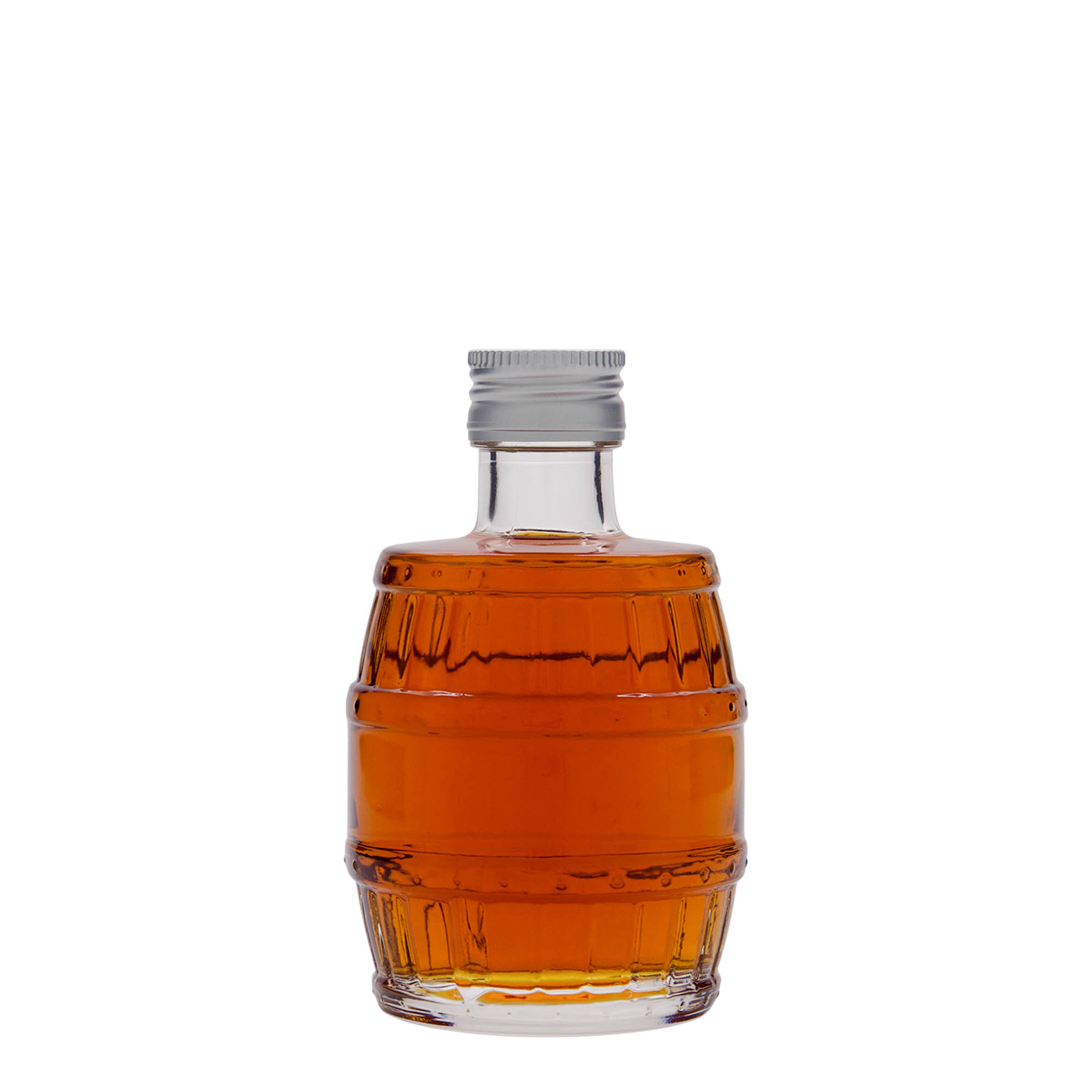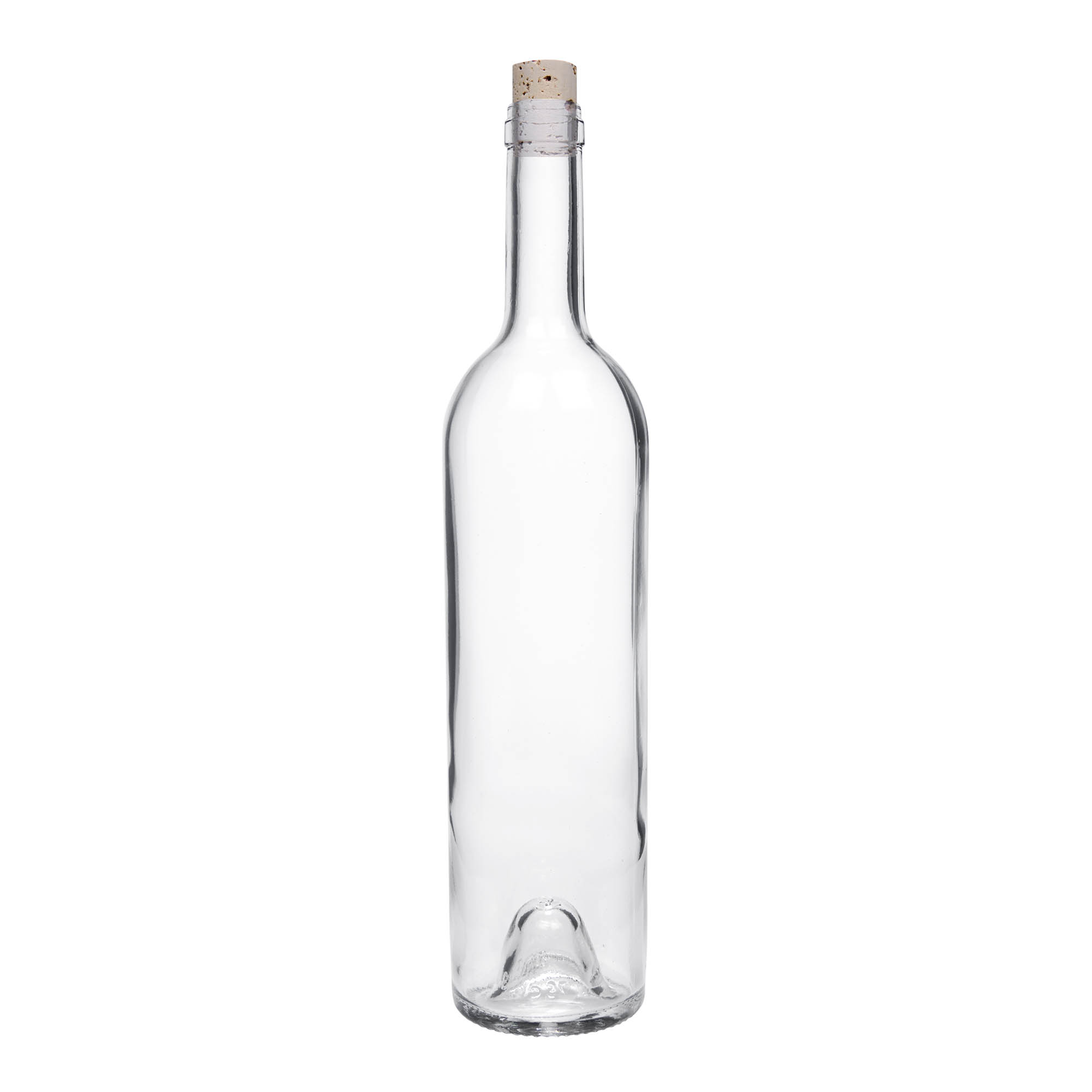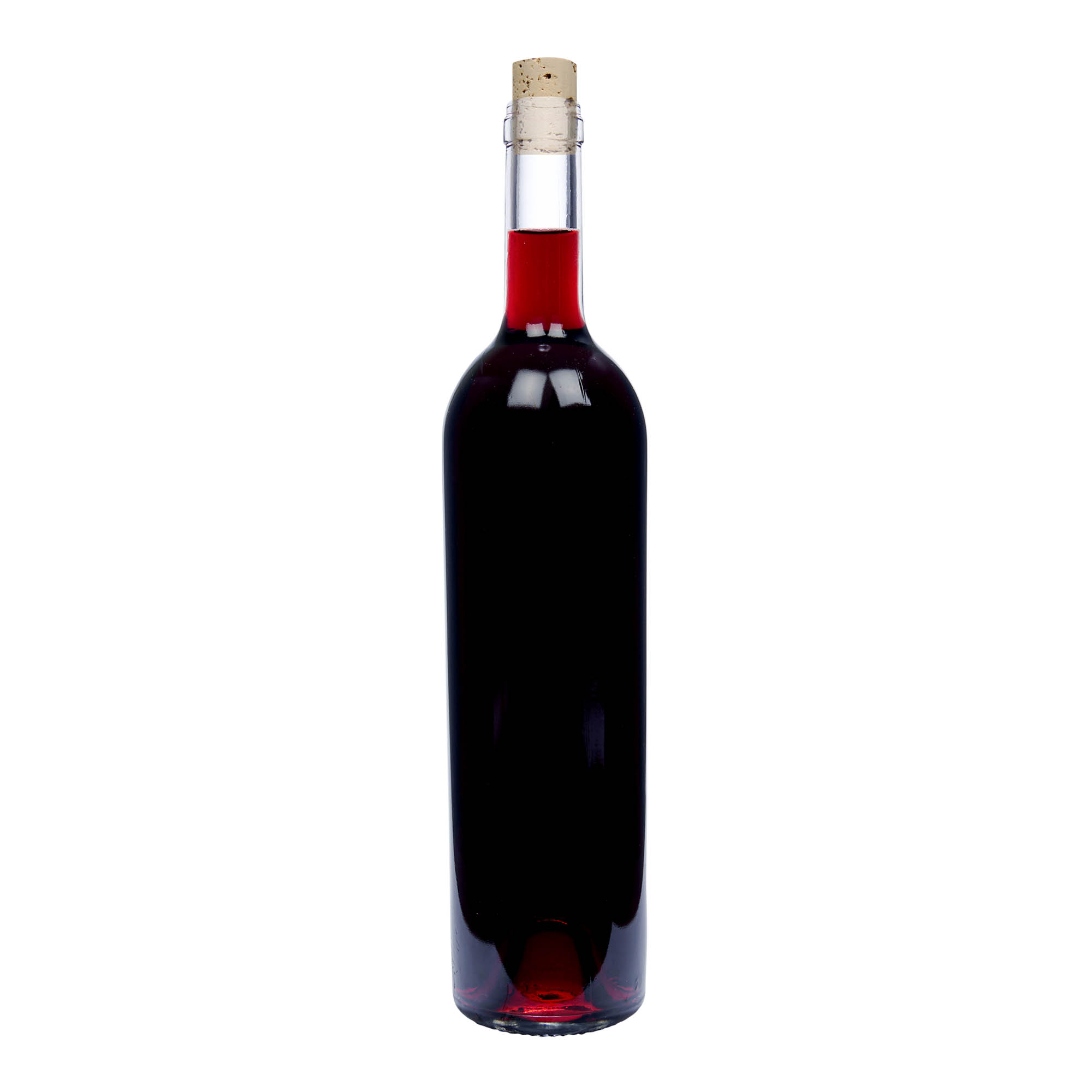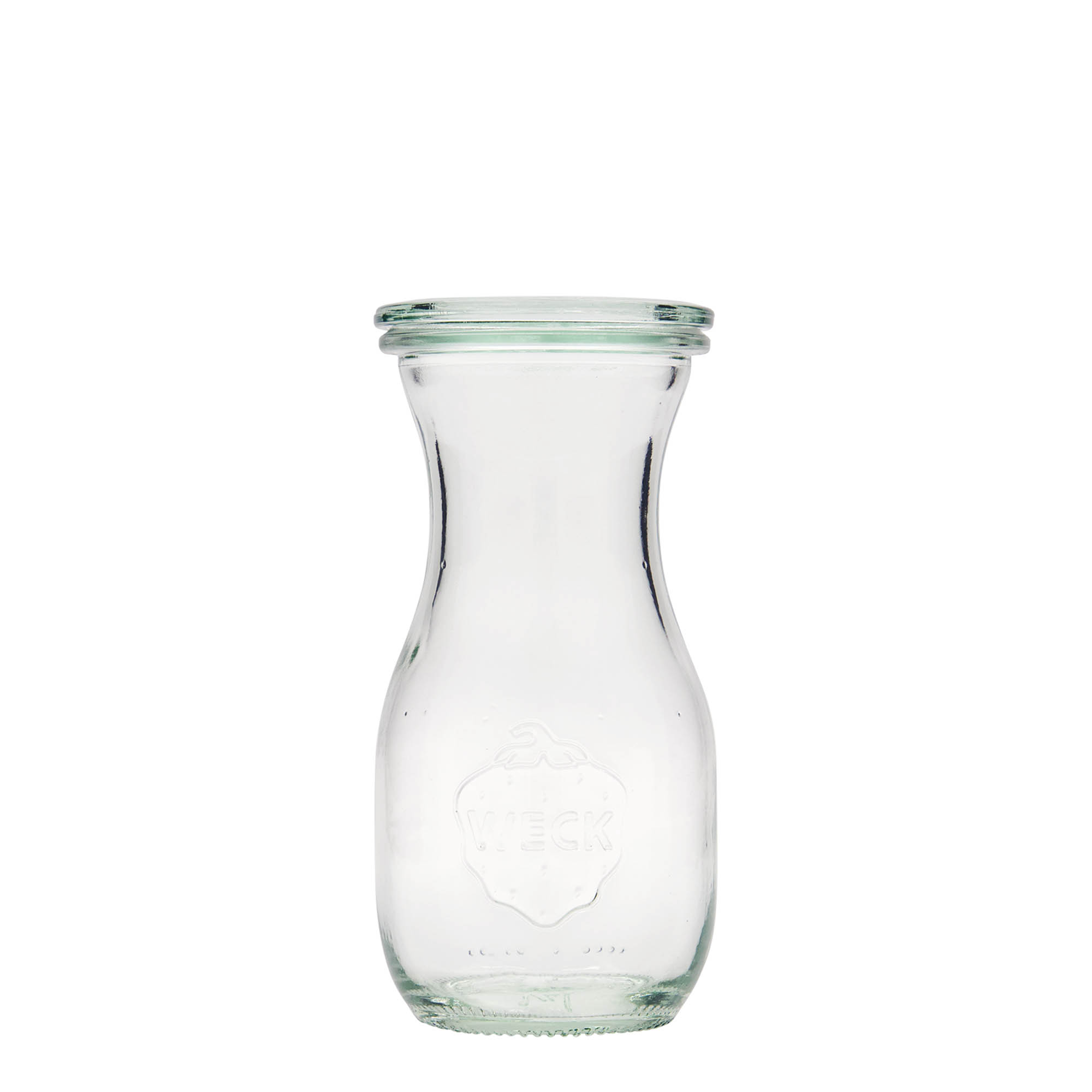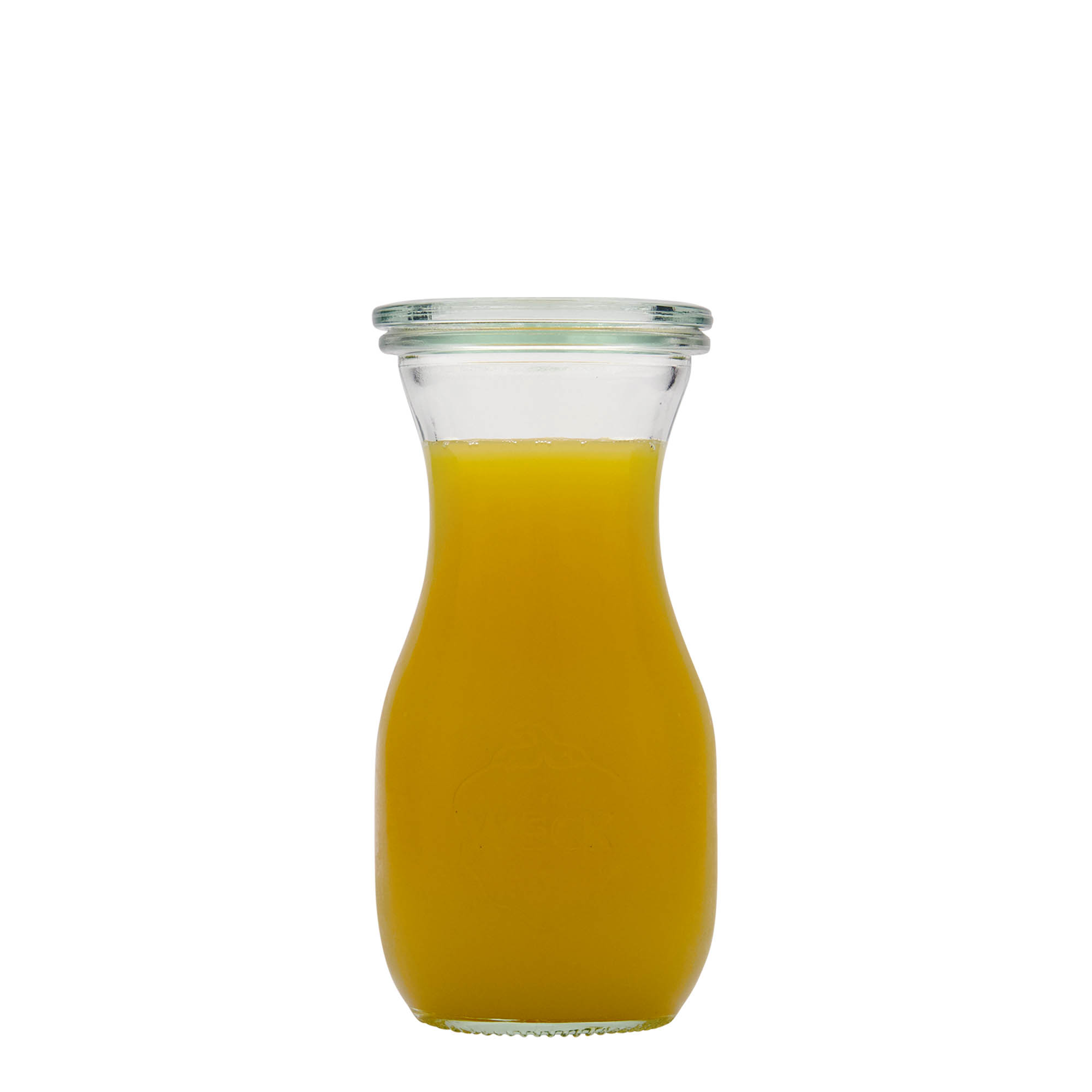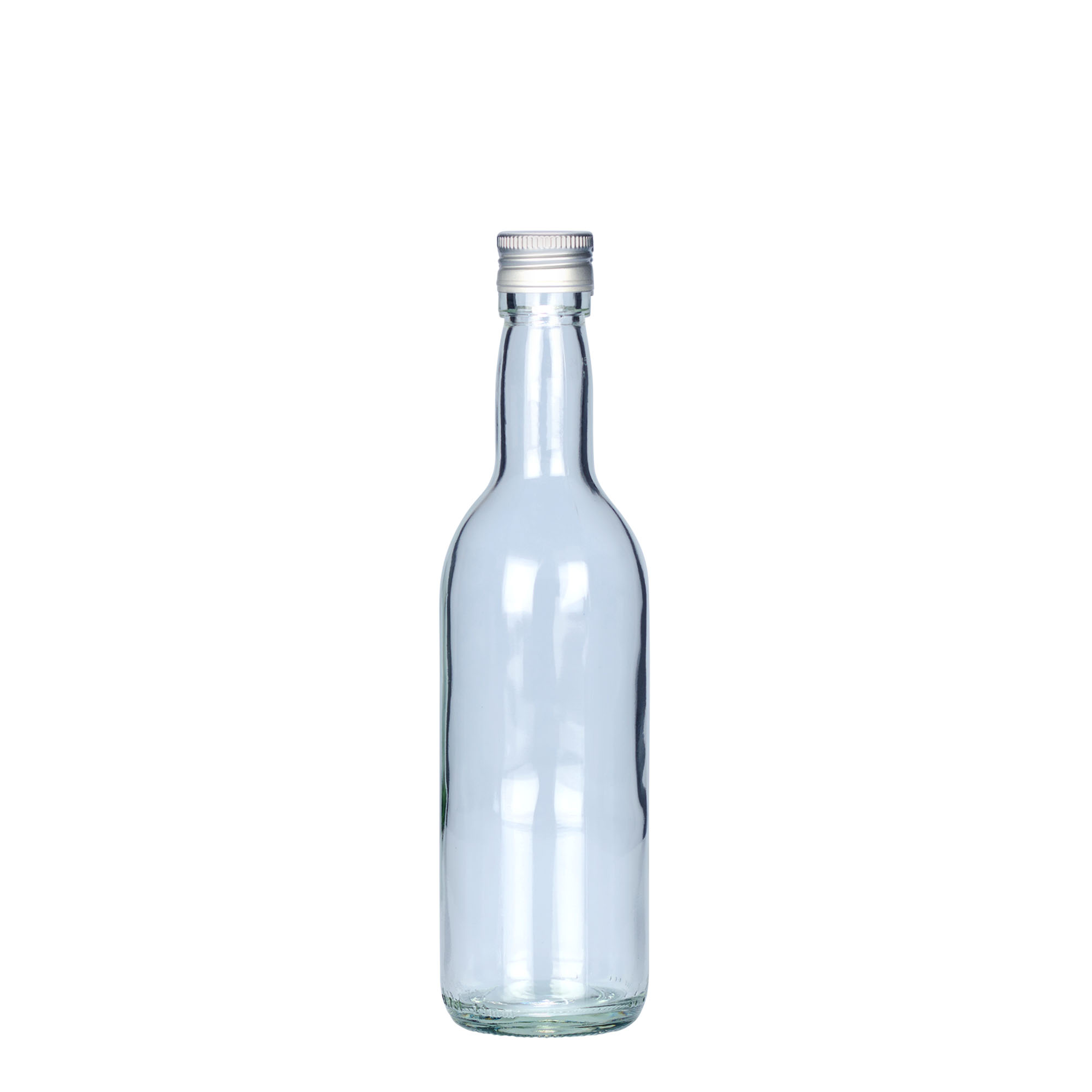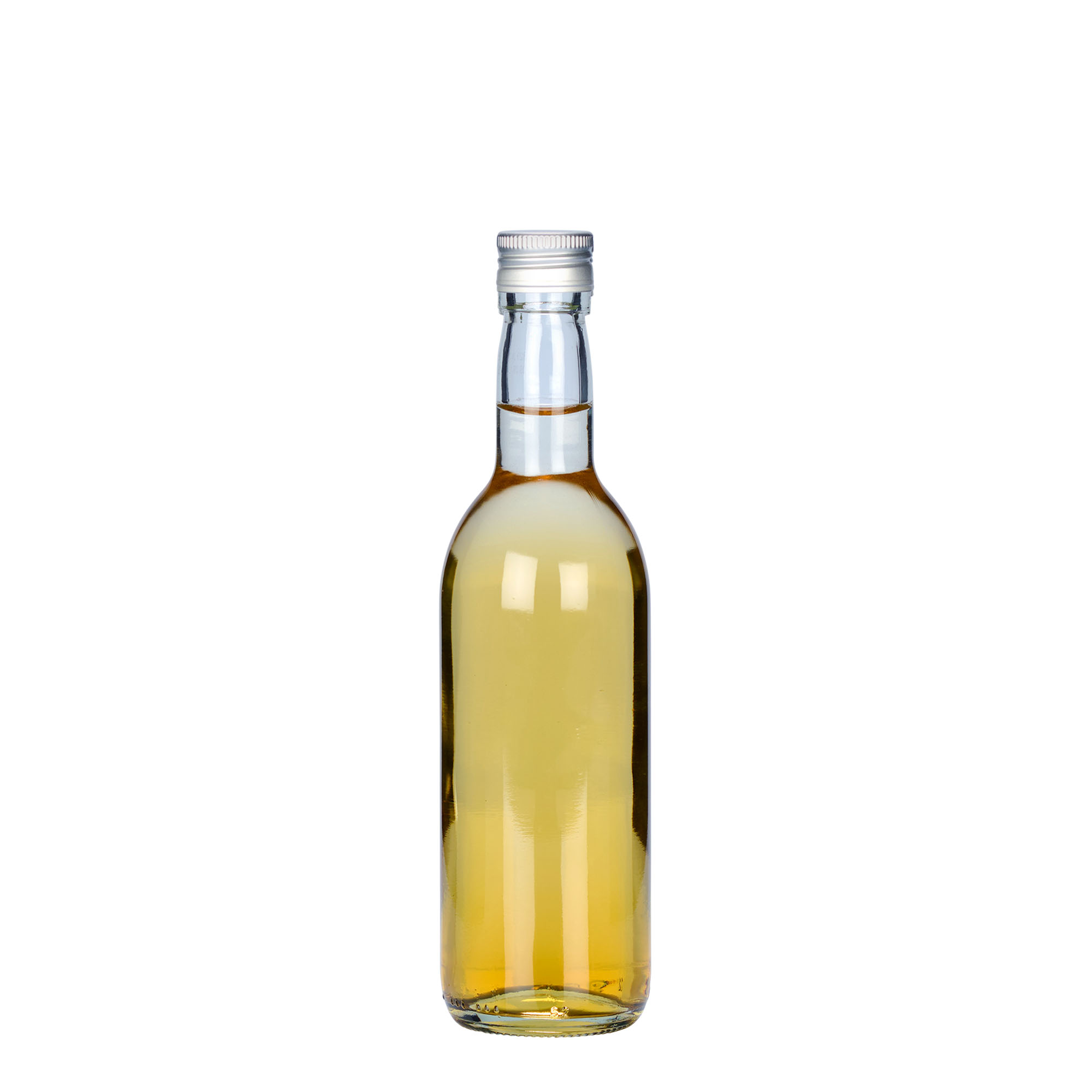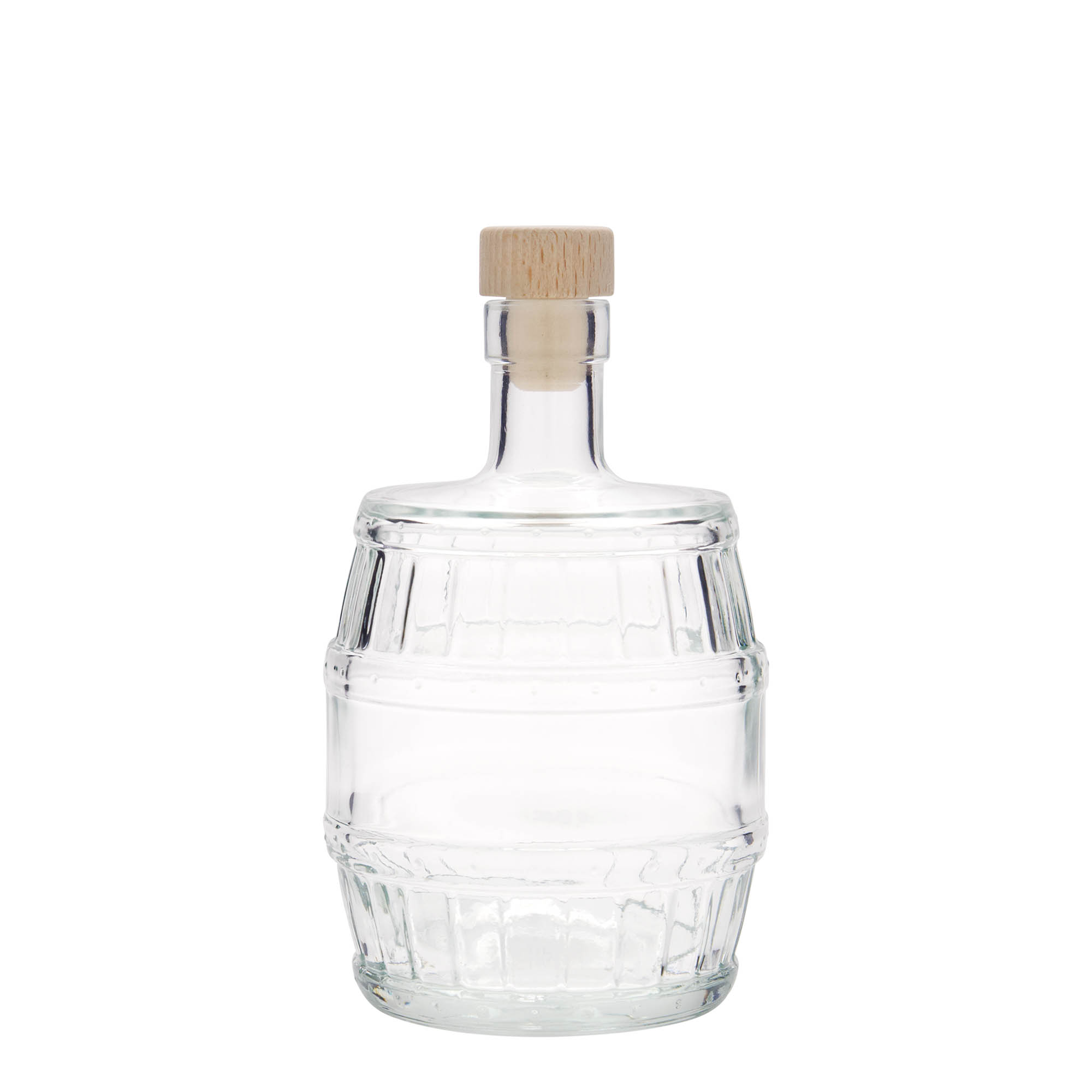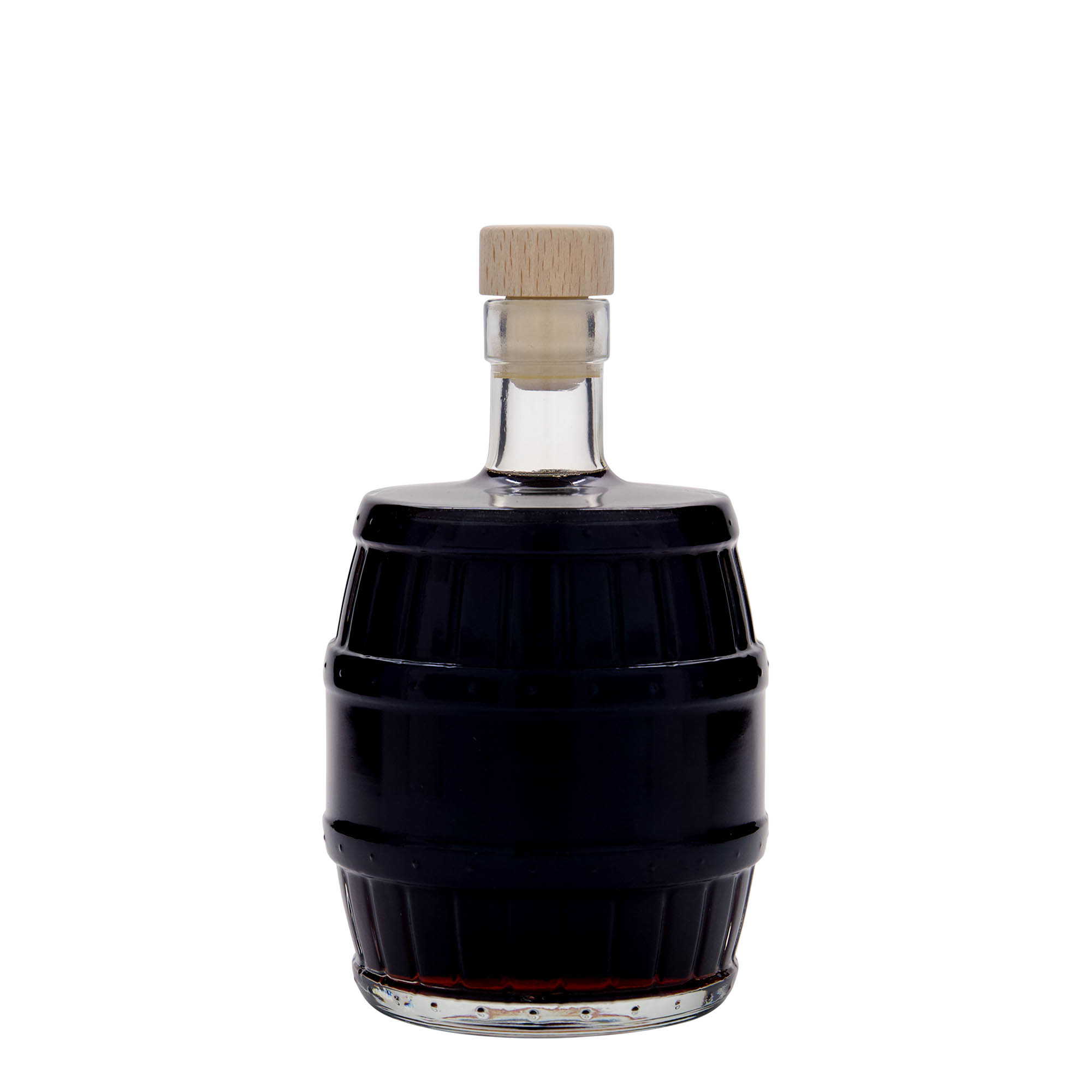What is a wine bottle?
There are various bottle shapes that are suitable for storing wine. Choosing the right wine bottle depends on both the type of wine and your personal taste. The most well-known wine bottle shapes include:
- Bordeaux: These bottles are characterised by their ‘shoulders’, i.e. the transition area from the belly of the wine bottle to the neck. In addition to wines made from Bordeaux grape varieties, these glass bottles can also be used for merlot, sauvignon blanc and numerous Italian wines.
- Burgundy: The round belly of the Burgundy bottle transitions smoothly into the neck without any edges. This wine bottle is mainly filled with red and white Burgundy wines – such as chardonnay and pinot noir – as well as barolos and wines from the Loire region.
- Schlegel: Schlegel bottles have a narrow neck. This type of bottle is often used for German wines such as Riesling or wines from Alsace, as well as for Rhine wines and dessert wines.
Why do wine bottles have an indentation on the bottom?
The curved base of wine bottles strengthens the bottle so that it can withstand greater pressure. High internal pressures can be caused by a build-up of carbon dioxide, and short-term pressure spikes can also occur during corking. The indentation, known as the “punt”, also makes it easier to grip the bottle when pouring. In addition, the sediment from the wine settles at the bottom of the bottle and remains there even when the wine is poured – provided you leave the bottle to sit long enough before drinking it.
Finding the right wine bottle size
The standard size for wine bottles is 750 ml. But we also have smaller wine bottles in our range. These are particularly suitable for fine essences or oils. We’ve also got you covered if you’re looking for larger bottles of wine. For example, we offer a clear glass Schlegel bottle with a capacity of 1.5 litres.
Wine bottles – a wide variety of closures
Traditionally, wine bottles are closed with stoppers. These can be made from cork, wood, plastic or other materials. A stopper makes the wine bottle appear elegant and the contents high-quality. In additional to natural corks, we also offer
- pressed cork stoppers made from cork granules,
- plastic stoppers,
- glass stoppers and
- wooden grip stoppers.
But crown caps and screw caps can also be used to give a wine bottle an air-tight seal. These closures are hygienic, easy to open and more affordable than natural corks.
After the closure, a heat shrink capsule can also be placed on the wine bottle. This acts as a tamper-evident seal and offers added protection against pests such as cork moths.
What colours do wine bottles come in?
Wine is sensitive to light and so is usually bottled in dark-coloured bottles. This reduces the harmful effects of UV radiation on the wine. We offer a range of antique green wine bottles that offer exceptional protection against light. We also offer various wine bottles made from clear glass – ideal for wines that won’t be aged after bottling.
How to correctly store wine
There’s more to storing wine than just selecting the right bottle. Always store wine away from light and at a constant temperature between 10 and 15 degrees Celsius. Ideally, the storage space should have an ambient humidity of around 50 percent.
Wine bottles with natural corks are traditionally stored on their sides so that the corks do not dry out and lose their seal. Wines that don’t require bottle aging can be stored upright. For these, the following types of closure are suitable:
- Screw caps
- Crown caps
- Plastic stoppers
Cone-shaped pointed stoppers and wooden grip stoppers are only suitable for upright storage.
Find your ideal wine bottle – at World of Bottles
Our range is aimed at both commercial customers such as winegrowers and restaurateurs as well as private consumers. Simply select the wine bottles you like best. There’s no minimum order value. But you can take advantage of bulk discounts if you order more than a certain quantity.
